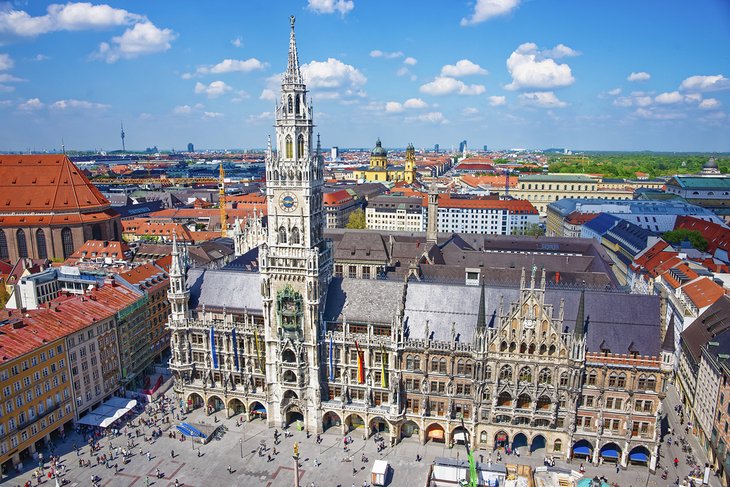 Outside Oktoberfest, the Bavarian capital is a graceful city – green in summer, atmospheric in winter, and buzzing with great museums and bars year round .
Outside Oktoberfest, the Bavarian capital is a graceful city – green in summer, atmospheric in winter, and buzzing with great museums and bars year round .Often portrayed as the strait-laced, industrious counterpart to hedonistic Berlin, Munich tends to steer clear of the limelight. Save for its annual six-million-person beer binge on Theresienwiese open space for Oktoberfest, the Bavarian capital’s reputation abroad remains one of luxury, livability and lederhosen.

Behind the staid and steady veneer, however, lies a thriving younger culture, an embarrassment of world-class museums and galleries, and burgeoning art, student and after-hours scenes.
All this in an eminently green city, laced with 750 miles of tree-lined bike paths and the winding banks of the Isar river – perfect for picnicking or swimming. Winter, though, is an atmospheric time to visit, with pretty Christmas markets to explore and cosy beer halls to warm up in.
WHAT TO SEE
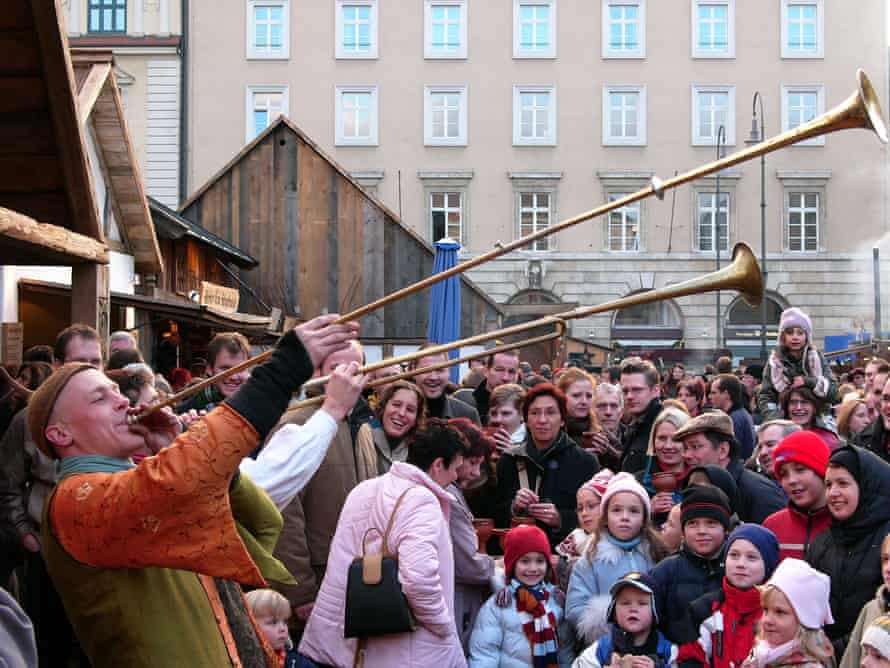
Christmas markets
Weihnachtsmärkte, or Christmas markets, are all but inescapable in every major German city. They can be crass, commercial affairs decked out in blaring neon, but many of Munich’s are of a different sort, with evergreen boughs, fairy lights and a genuine sense of holiday cheer. Veer away from the Christkindlmarkt on Marienplatz, which packs in more than three million visitors a year, and head to Alpenwahn (Viktualienmarkt 15, daily 2pm-11pm, 19 November-1 January, closed 24-25 December) at Viktualienmarkt, where you can browse the wares while snacking on chilli-laced currywurst and drinking red or white mulled wine. In a courtyard just off of Odeonsplatz, Weihnachtsdorf in der Residenz (daily 11am-9pm, 23 November-22 December) is the city’s newest market, where live bands or choirs often perform and the scent of caramelised almonds perfumes the air. On the whimsical side, the Mittelaltermarkt (Wittelsbacherplatz, Brienner Strasse 6-10, open daily 11am-8pm, 26 November- 23 December) hovers somewhere between traditional market and medieval fair, with steaming Drachenblut (dragon’s blood) served in goblets and roast suckling pig in flammkuchen (pizza-like flatbread with crème fraîche, bacon and onions).
Culture and art
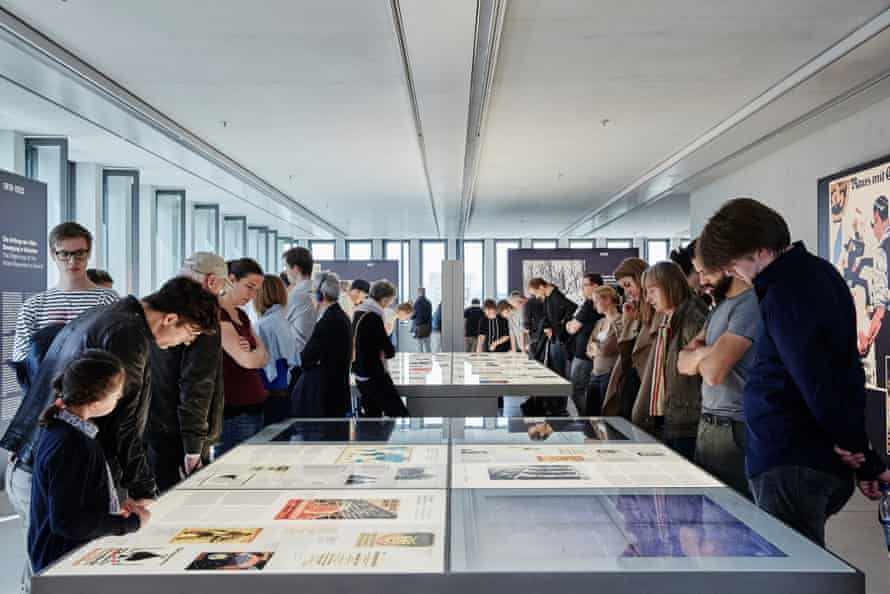
WHERE TO EAT
Burger & Lobster Bank
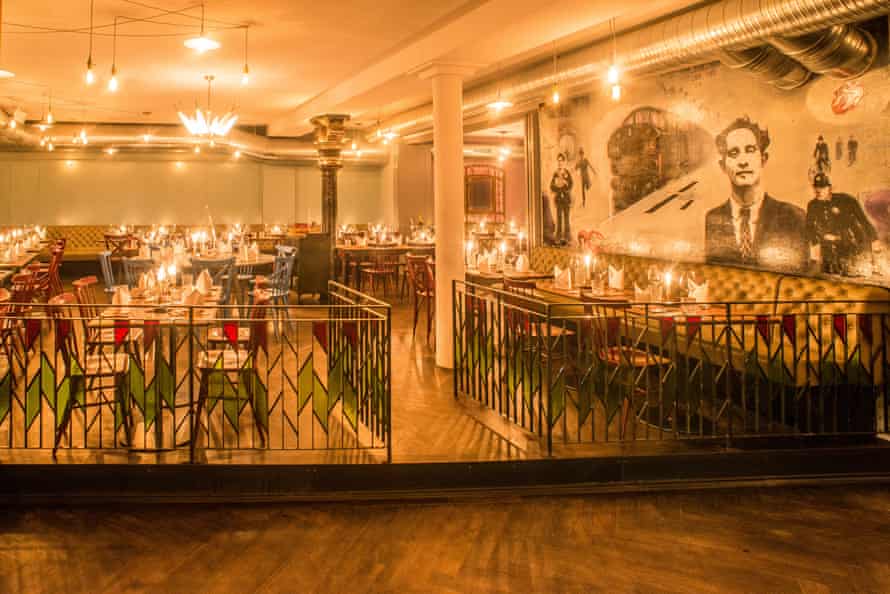
Housed in a former bank – and not connected with the international surf and turf chain – this is the city’s buzziest restaurant. It is decorated with gleaming safety boxes and other swanky touches from its former tenant, with formidable filet steaks (€22.50) and blistered, frico-sprinkled pimientos de padrón cosying up to the sous-vide Canadian lobster (€29.50). Burgers run the gamut from 24-hour slow-cooked pork belly to a ramen bun, but I stick to The Classic One, which comes on a brioche so buttery it all but liquefies on the tongue. Both the kitchen and bar go on until the wee hours, a rarity in Munich. Live DJs and an expansive cocktail list, littered with house infusions – think vodka with bacon, or Maker’s Mark with roasted walnuts – fuel weekend parties in the courtyard.
• Prannerstrasse 11, +49 15 227 272 782, blb-munich.com
Tian
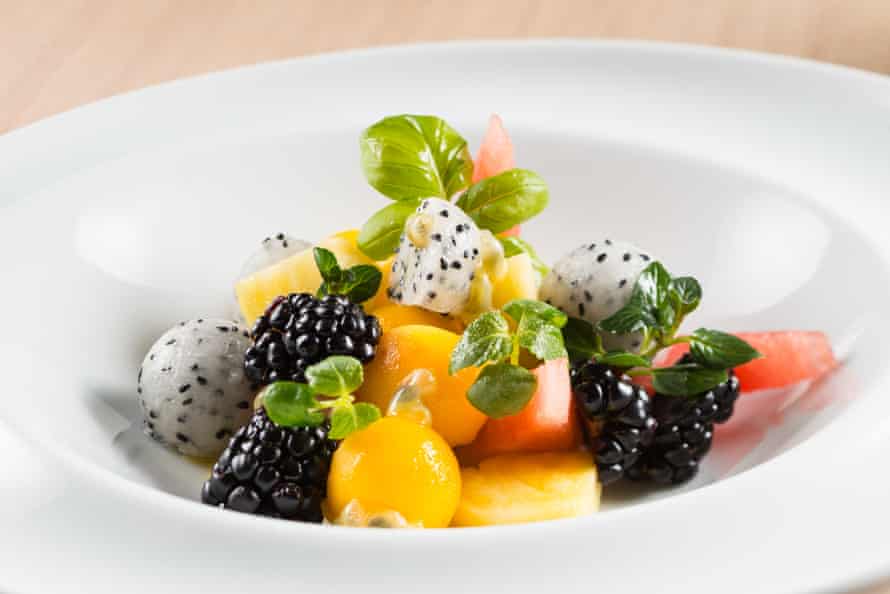
If Munich conjures up visions of poodle-sized pork knuckles, this newcomer is a stylish, meat-free alternative. Every brilliantly hued dab and squiggle is composed of seasonal produce, much of it local, and the tasting menus are indulgent rather than restrictive. Try dishes like the lush appetiser of mozzarella and artichokes with mint, basil-sponge cake and lemon zest-perfumed gel (€15), or a main of porcini gnocchi (€16). Chef Christoph Mezger trained at Tian’s Michelin-starred sister restaurant in Vienna.
• Frauenstrasse 4, +49 89 885 656 712, taste-tian.com
Wirtshaus Hohenwart
Genuine Bavarian restaurants are increasingly scarce, which is why this one is both a throwback and a revelation. The 1896 building was gutted and refurbished to its rustic glory last year. Original furnishings, including a vintage bowling lane, were kept wherever possible, while newer additions – such as the looping recording in the restrooms of comedian Gerhard Polt, who filmed Man Spricht Deutsch here – add a wry edge. Save for a few concessions to modern tastes – a tartare here, a salad with chanterelles there – the menu excels at the classics. Order fish from nearby Starnberger See lake or the regal veal schnitzel, cloaked in butter-fried breadcrumbs.
• Gietlstrasse 15, +49 89 6939 7575, hohenwart.net
Spezlwirtschaft

It may be located in a space dating back to 1264, but there’s nothing stodgy or stuffy about Spezlwirtschaft and its spin on the regional cuisine. Subtle twists, such as kohlrabi schnitzel or spinach knödel (dumplings), freshen up the menu, while the hip-hop club downstairs draws a lively crowd on weekends. But the beats can’t upstage the German grandmother-worthy portions, or the staples, such as gooey käsespätzle (like macaroni with cheese, €9.80) in a miniature skillet, with a crown of fried onions.
• Lederer Strasse 3, +49 89 2323 2973, spezlwirtschaft.me
Prowl the food markets
Any trip to the city would be lacking without an afternoon perusing the charcuterie, foraged mushrooms and artisan breads at Viktualienmarkt in the city centre. Munich’s most famous market is a people-watching extravaganza ideal for both scouting edible souvenirs and sipping a radler (beer with lemonade). Local foodies mourned the recent loss of Schrannenhalle, a glass-enclosed former granary next to the outdoor market, but are already looking forward to the Eataly destined to take its place early next year. Hipsters swarm the street food market’s Hall of Taste in search of venison burgers from Vogl Wild, paleo-friendly fare from The Cave, and miso ramen from Nipponoodles.
WHERE TO DRINK
Visit the beer gardens – even in winter

Beer is still consumed in Munich outside Oktoberfest, albeit with slightly less gusto. On sunny days, Müncheners pass the time in the city’s beer gardens, and when the weather turns foul, they carry on in the indoor restaurants and beer cellars they are usually attached to.
Augustiner-Keller (Arnulfstrasse 52) has been pouring foaming ales from immense wooden barrels since 1812 and remains one of the most popular. For a less rowdy atmosphere, Park Café (Sophienstrasse 7) in the Old Botanical Garden has a shady courtyard and a restaurant serving gut-busting renditions of German dishes. In the English Gardens, the Chinesischer Turm (Englischer Garten 3) hosts bands beneath the wooden pagoda in summer. Come now for glühwein ladled from copper kettles at the most festive Christmas market in town (daily noon-8.30pm, 27 November-23 December).
Les Fleurs du Mal
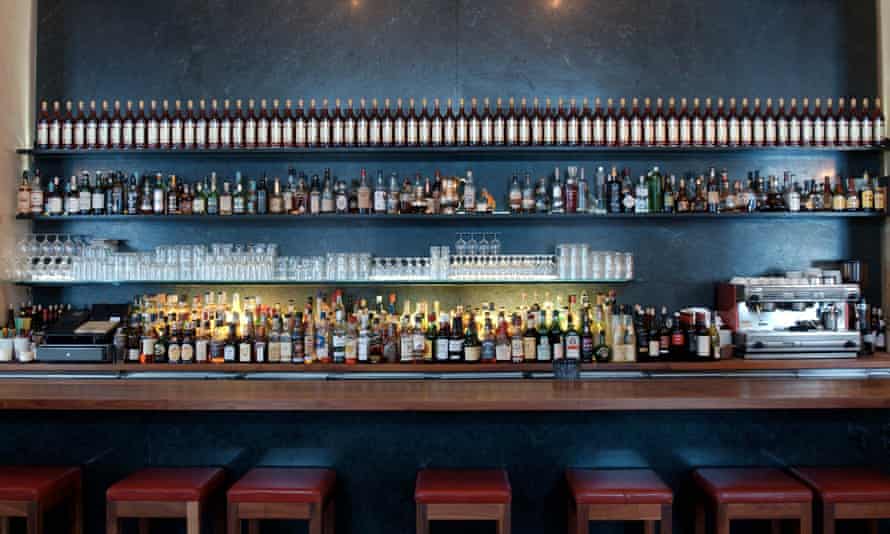
Charles Schumann has opened a cocktail bar above his main eponymous establishment, a spare room with a lone table carved from a walnut tree. The furnishings may be minimalist, but the cocktail menu features impressive selections of more than 150 types of whiskies, and absinthes, cognacs and rare spirits aplenty.
• Second floor, Schumann’s Bar, Odeonsplatz 6-7, +49 89 229 060, schumanns.de
Theresa Bar
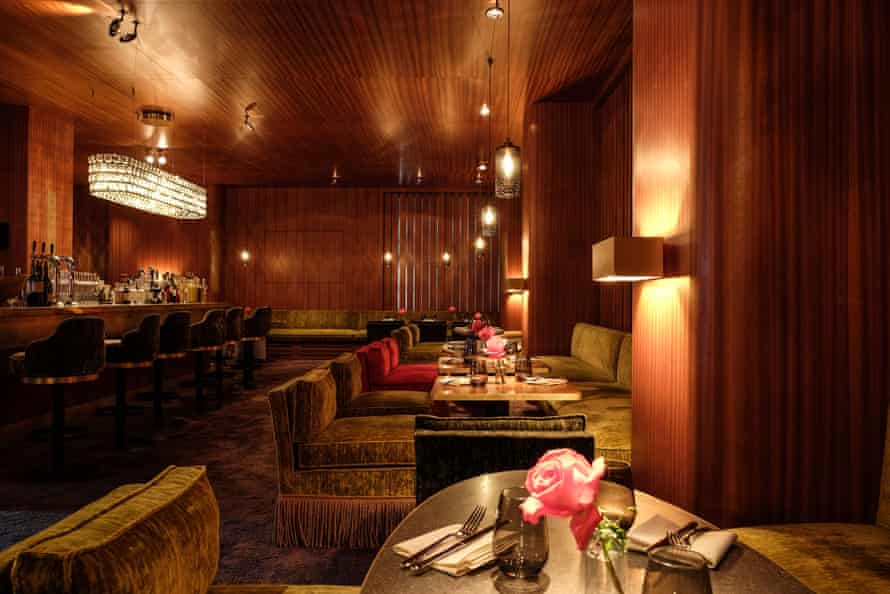
Step into the courtyard, past the industrial-sleek Theresa Grill, where waiters in plain white T-shirts serve 35-day dry-aged hunks of Bavarian beef, to this newer watering hole. Velvet and crystal adorn the room, and pretty people whisper to one another over corpse revivers and cherry mint juleps.
• Theresienstrasse 31, +49 89 2880 7538, theresa-restaurant.com
Jaded Monkey
Bill Fehn presides over the slickest of speakeasies, not far from Karlsplatz. No one will sneer at your “usual” order, but with house creations including the monkey’s gimlet – Monkey 47 gin, lime, house-made lavender syrup and rosemary liqueur – you’re better off trusting the wizards behind the bar.
• Herzog-Wilhelm-Strasse 25, +49 89 2694 9401, jadedmonkey.de
Goldene Bar
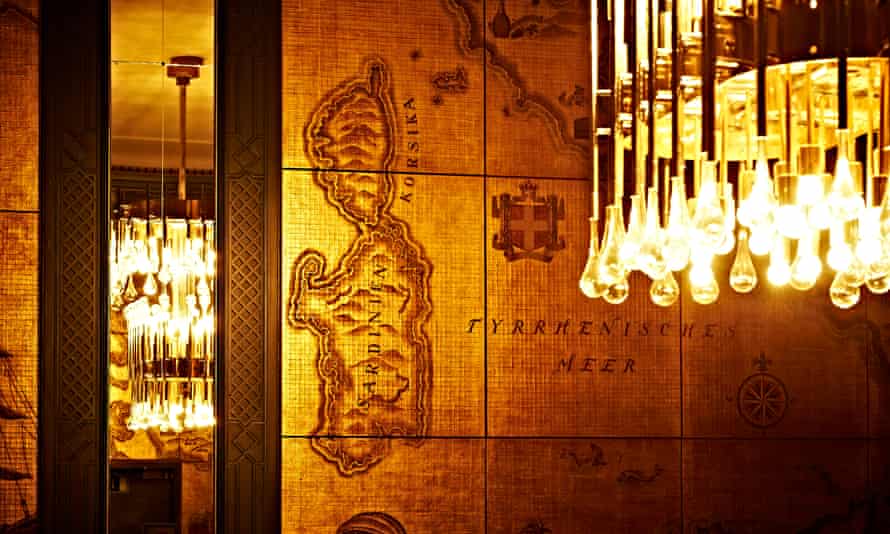
On fine autumn days, join the throngs sipping Lillet aperitifs on the pleasant terrace at Goldene Bar, behind Haus der Kunst. When the weather turns chilly, scurry indoors for a steaming mug of rum with coconut water and homemade spice butter. The gilded interior, with its antique crystal chandelier and original 1930s cartographic murals, references the darker days of the building, when it served as a propaganda piece for the Third Reich.
• Prinzregentenstrasse 1, +49 89 54 804 777, goldenebar.de
Mixed Munich Arts
This towering techno temple which opened last year rivals any in Berlin. But the thundering bass isn’t the only draw: the venue opened last year in an abandoned power plant, and its cavernous concrete halls also feature classical concerts, art exhibitions, street-food fests and fine dining.
• Katharina-von-Bora-Strasse 8A, mixedmunicharts.de
Zephyr
Sparsely decorated and perpetually cramped, Zephyr keeps the fanfare squarely on the drinks, which are served with elaborate garnishes – such as coffee beans and charred cinnamon sticks. A Renaissance still life’s worth of fresh ingredients and an unfailingly meticulous staff make this a must.
• Baaderstrasse 68, +49 17 3599 5335, zephyr-bar.de
Article courtesy of….https://www.theguardian.com/uk
16 Top-Rated Tourist Attractions in Munich
Munich, the capital of Bavaria and the third largest city in Germany, lies on the River Isar on the fringes of the Bavarian Alps. It began as a monastery, growing into a settlement when the Duke of Bavaria allowed the monks to establish a market at the crossing of the route from Salzburg and the river. You can still follow the lines of Munich’s medieval walls in a ring of curving streets and see three of its impressive old city gates. The focal point of Munich’s historic inner city is the large, open square, the Marienplatz, where visitors and locals pause to watch the animated clock play out its legend two or three times daily.
Munich is a fun-loving city, known for its seasonal festivals and rich cultural calendar, so along with visiting the beautiful churches and outstanding museums and palaces, you should spend some time enjoying life with the locals at a festival, a colorful market, or over a slice of one of Munich’s famous cakes in a konditorei. Munich residents also enjoy their many public parks and gardens, in particular the lovely 900-acre English Garden (Englischer Garten). Given the number of tourist attractions and things to do, you should expect to spend at least a few days exploring Munich.
See also: Where to Stay in Munich
1 Munich Residenz
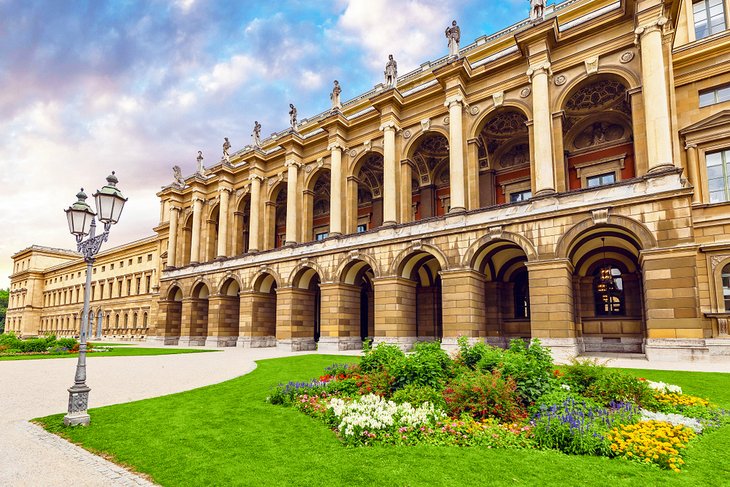
For centuries the seat of the dukes, electors, and kings of Bavaria, the Munich Residenz is one of Europe’s most spectacular palaces. Laid out around seven large courts, the vast Residenz complex comprises three main sections: the Königsbau, fronting onto Max-Joseph-Platz; the Alte Residenz, facing Residenzstrasse; and the Festsaalbau (Banqueting Hall), overlooking the Hofgarten. The earliest section of this huge complex was the magnificent Antiquarium, built in 1579 and now part of the outstanding Residenz Museum. The Alte Residenz, a masterpiece of the late Renaissance and testimony to the growing power of Bavaria, followed soon after, and the final components – the Neoclassical Königsbau, the Festsaalbau, and the Court Church – were completed in 1848. Today, the Residenz houses a number of monuments and museums, including the Residenz Museum, the Treasury, the Court Church of All Saints (Allerheiligen-Hofkirche), and Cuvilliés-Theater. Be sure to explore the palace grounds, too, with its many wonderful old courtyards – including the beautiful Court Garden – as well as numerous fountains, ponds, and gardens.
Address: Residenzstrasse 1, 80333 München
2 Marienplatz and the Neues Rathaus

Marienplatz has been Munich’s central square since the city’s foundation; the site of medieval jousting tournaments; and until 1807, where markets were held. In addition to the massive Neues Rathaus (New City Hall) that fills one entire side of the square, you’ll find the Altes Rathaus (Old Town Hall) forming a gate at the far end. In the large open square are the Mariensäule, a tall column to the Virgin Mary erected in 1638, and the Fischbrunnen, a newer fountain that includes bronze figures rescued from an earlier 19th-century fountain. Popular with shoppers for its stores, boutiques, and restaurants, Marienplatz is the focus of festivals and scene of a large Christmas Market, one of several in the city. During the Fasching carnival, the Narren-Lindwurm (dragon) dances over the square.
Daily at 11am and noon, and at 5pm from March through October, everyone stops to watch the famous Glockenspiel on the front of the Neues Rathaus, as its mechanical figures dine, joust, and dance. It’s one of the city’s best-loved traditions, and something you shouldn’t miss. Take some time to appreciate the intricate stonework on the Neo-Gothic façade. It’s hard to remember that this building dates only from the late 19th century, completed in 1892. You can ride the elevator to the middle gallery of the building’s 85-meter tower for views over the city. The Tourist Information Center is in the Rathaus, and in the back of the building is a restaurant serving traditional Bavarian dishes.
Address: Marienplatz, 80331 München
3 Frauenkirche
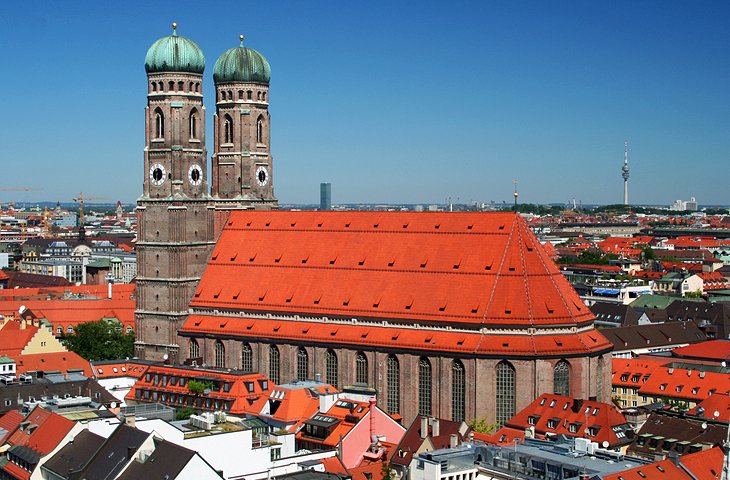
Munich’s huge brick Frauenkirche – the Cathedral Church of Our Lady – was completed in 1488, a Late Gothic church that owes its impact to its great size. Massive twin 100-meter-tall towers, with their characteristic Renaissance domes, tower over a high building 109 meters long by 40 meters wide. Highlights inside the cathedral include the 1622 Tomb of the Emperor Ludwig the Bavarian in black marble with bronze figures, a 1620 altarpiece of the Assumption by Peter Candid, and the Baroque red marble font in the Baptistery with its early 14th-century Sorrowing Christ.
A popular curiosity is the strange footprint in the floor of the porch, said to have been left by the devil after he came to inspect the church. So delighted was he that the windows seemed to have been forgotten (the row of columns hides them when the church is viewed from the entrance), he stamped his foot, leaving the footprint that can still be seen today. The twin towers of Frauenkirche are a good landmark for orientation, visible from all over the city. You can climb to the top for views across the city to the Bavarian Alps.
Address: Frauenplatz 12, 80331 München
4 Asamkirche (Asam Church)

The beautiful Rococo Asam Church, dedicated to St. John of Nepomuk, was completed in 1746 by brothers Cosmas and Egid Asam and is richly decorated with stucco figures, frescoes, and oil paintings. While its exterior is impressive enough, particularly the large doorway flanked by massive columns and crowned by a figure of St. John kneeling in prayer, it’s the interior that’s most memorable. Highlights include a wrought-iron grille from 1776 that separates the stucco figures of the saints from the long nave with its galleries. On the projecting cornice under the ceiling is a magnificent fresco depicting the life of St. John. The most notable feature of the interior, though, is the high altar, enclosed by four twisted columns and on which sits a glass shrine containing a wax figure of the church’s patron saint.
Address: Sendlinger Straße 32, 80331 München
5 Englischer Garten (English Garden)
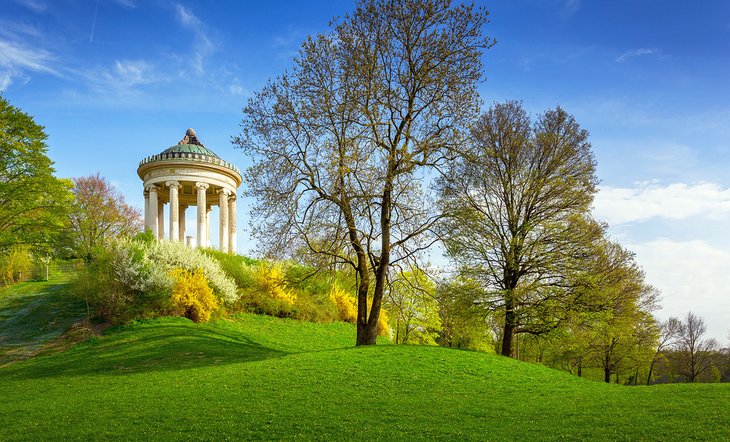
Munich’s English Garden is not only the largest city park in Germany – it covers an area of 910 acres – it’s also one of the most beautiful. Naturally arranged groups of trees and plants offer ever-changing vistas, and nine kilometers of winding streams and an artificial lake complete the impression of a natural landscape. Designed in 1785 as a military garden, the English Garden attracts walkers, joggers, and cyclists to its 78 kilometers of pathways and bridle paths. It’s also a pleasant place to sunbathe and picnic, and you can stop for a snack or drink at the Chinesischen Turm (Chinese Tower), a 25-meter-tall pagoda.
In 1972, a Japanese garden was created on an island at the southern end of the garden to house an authentic teahouse, a gift in honor of the 1772 Olympics. The park also contains the Bavarian National Museum, with its fine collection of medieval German sculptures and tapestries, and the Bavarian State Archaeological Collection, which displays local prehistoric artifacts.
6 Peterskirche (St. Peter’s Church)
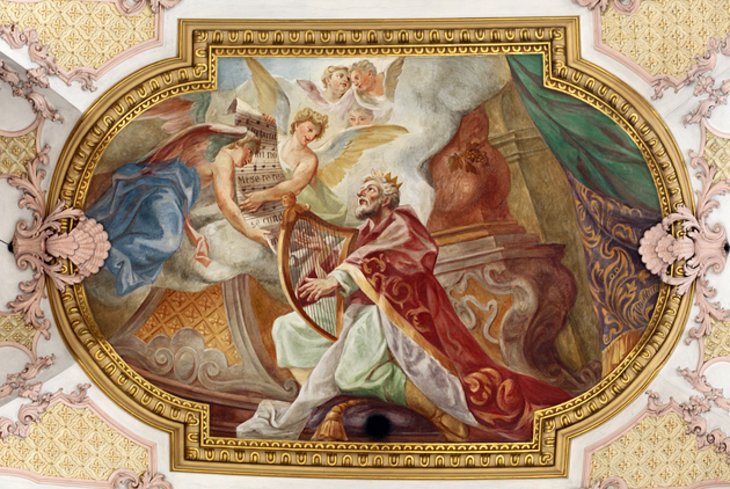
Known affectionately as Old Peter, St. Peter’s Church (Peterskirche) is Munich’s oldest parish church and stands on Petersberg, a small hill originally settled by monks. Built in Gothic style in 1386, the church was altered with the addition of a Baroque choir with three apses in 1636, while the tower was given a lantern dome in place of its earlier Gothic spires. Interior highlights include the font by Hans Krumper, the red marble monuments by Erasmus Grasser, and the 15th-century Schrenk Altar with its sculptures of the Crucifixion and the Last Judgment. Also of note is the 20-meter-tall 18th-century high altar with its figures of the Four Fathers of the Church and St. Peter. The panel-paintings on the choir walls by Jan Polack are also worth seeing, as is the highly regarded Altar of the Virgin of Mercy (Mariahilf-Altar) from 1756. Finally, the 299-step tower – famous for its eight clock faces matched by eight bells – reaches a height of 91 meters and offers panoramic views as far as the Alps.
Address: Rindermarkt 1, 80331 München
7 Nymphenburg Palace
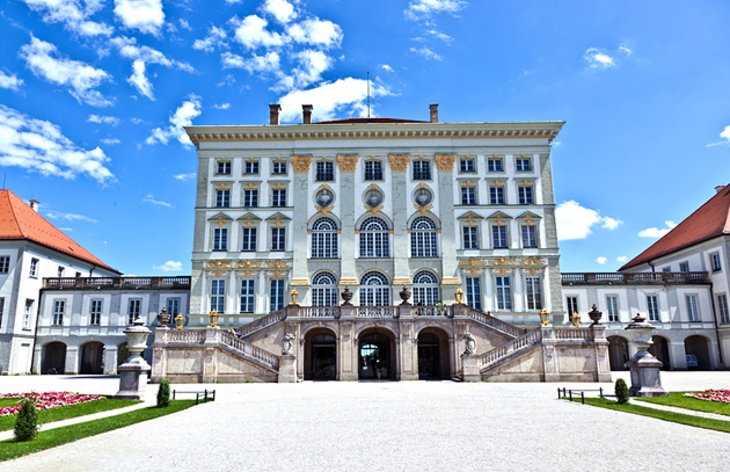
The large Baroque palace of Nymphenburg, in the northwest outskirts of the city, was originally the summer residence of the Wittelsbach Electors in the 17th century. Extending more than 600 meters from wing to wing, this vast palace is surrounded on each side by the Nymphenburg Canal, which splits as it passes around the main buildings before reuniting again in a fountain-adorned pool in front of the main façade.
Your first stop should be the Central Pavilion, a cube-shaped palace in the style of an Italian villa, completed in 1674 and home to the lavishly decorated three-story Stone Hall (Steinerner Saal) and a number of private chambers with fine furnishings and artwork. In the Palace Chapel, notice the expressive ceiling painting illustrating the life of Mary Magdalene. Beside the palace in the former Court Stables, the Marstallmuseum displays a collection of beautiful state coaches. In the magnificent 17th-century gardens of Nymphenburg Park stands the Amalienburg, a palatial hunting lodge known for its famous Hall of Mirrors. Elsewhere in the gardens are a maze with the Heckentheater (Hedge Theater); marble statues of Greek gods; a large fountain; and a number of hothouses, including the Palm House, which has Germany’s first hot-water heating system.
Address: Schloss Nymphenburg 1, 80638 München
8 Art Museums in the Kunstareal District
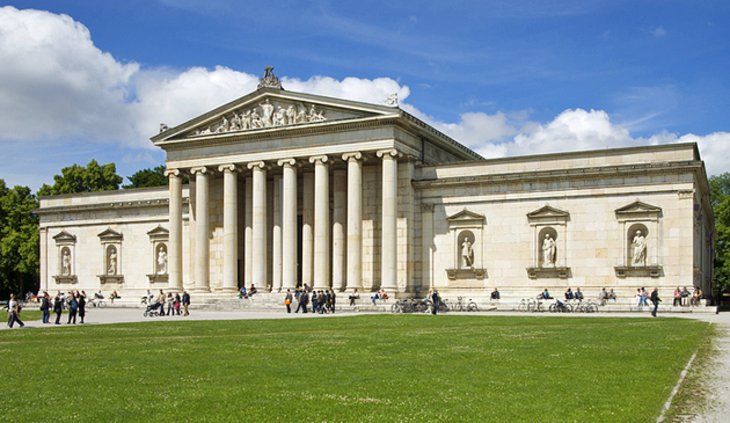
Königsplatz was laid out in Neoclassical style in 1862, and in the art district around it you’ll find one of the finest groups of art museums anywhere in Europe. First are the three Pinakothek art galleries: the Old Picture Gallery (Alte Pinakothek), with its fine collections of Dutch, Flemish, Italian, French, German, Spanish, and medieval paintings; the New Picture Gallery (Neue Pinakothek), with its displays of art ranging from Rococo to Art Nouveau; and the State Gallery of Modern Art (Pinakothek der Moderne), which includes works by Picasso and Warhol. Other museums of note are the Glyptothek and the State Antiquities Collection (Staatliche Antikensammlung), with their large compilations of ancient sculptures and antiquities. The latest addition to this treasury of art is Lenbachhaus, an Italianate villa that was the home and studio of artist Franz von Lenbach. The villa and its new extension house the world’s foremost collection of works by the Blue Rider movement, a group of Expressionist painters led by Wassily Kandinsky and Franz Marc.
Address: Königsplatz 1, 80333 München
9 Cuvilliés Theater
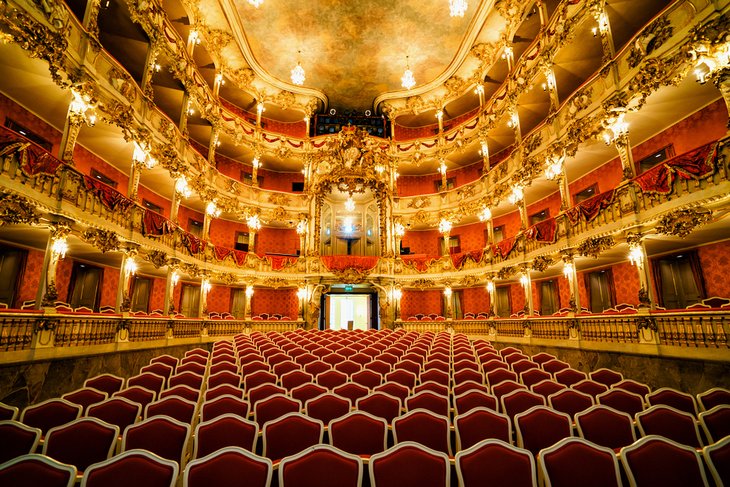
On the east side of the Residenz in Munich, the Cuvilliés Theater was built in 1755 and is the finest example of a Rococo theater with tiered boxes in Germany. The magnificent carved woodwork of the auditorium, with its four tiers of boxes, including one built especially for the electors, was safely stored away during WWII, thus allowing its reconstruction in 1958. Architecturally stunning, the rare elegance and rich hues of its intimate Rococo interior makes it a truly unique setting for operas such as Mozart’s Idomeneo, which premiered here in 1781, and which, along with many other Late Baroque period operas, is still performed on occasion. You can visit the theater separately or on a combined ticket with the Residenz and its museums.
Address: Residenzstraße 1, 80539 München
10 Deutsches Museum
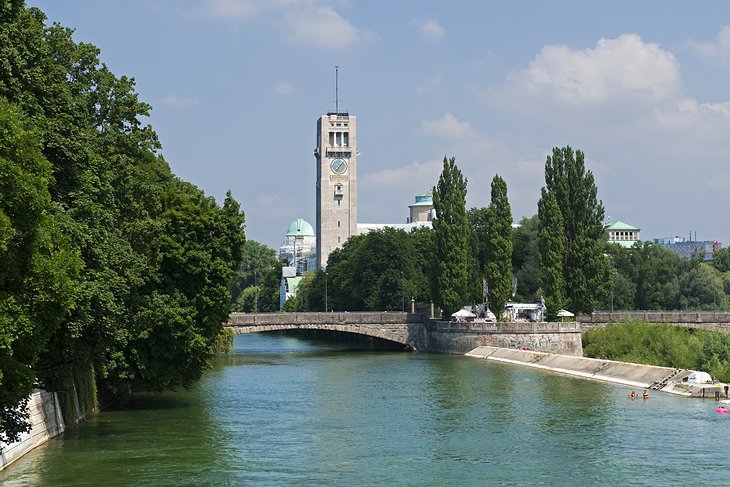
The Deutsches Museum is the world’s largest museum of technology, and its 17,000 artifacts illustrate exhibits that range from the polished wood and brass of early astronomical instruments to the latest science on global warming. The museum is a constant time travel between early tech and high tech, as you follow the development of each scientific and technical discipline from its beginnings to the present. The extensive collections relating to transport are astonishing, covering trains, aircraft, shipping, cars, even bicycles. You can see a replica of the Red Baron’s biplane from the First World War, examine a Venetian gondola up close, and look inside a 19th-century wooden fishing boat. There’s always something happening, from dramatic demonstrations of electricity to concerts showing how musical instruments work.
Address: Museumsinsel 1, 80538 München
11 Viktualienmarkt
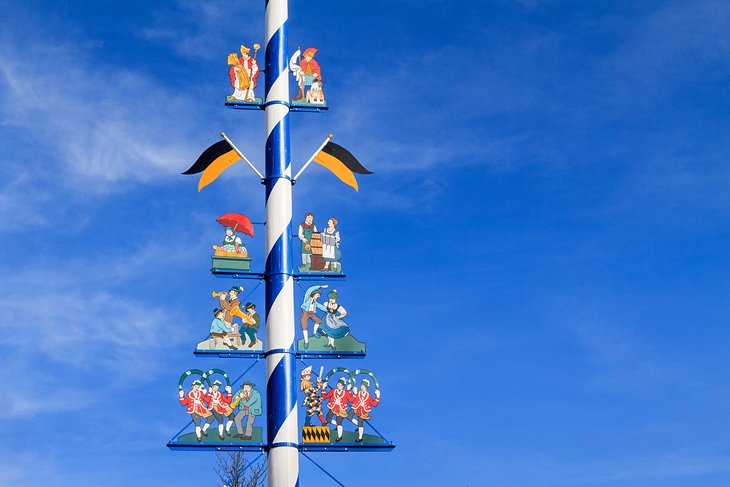
In 1807, when the farmers market outgrew Marienplatz, it was moved to the nearby square, where it thrived and expanded, until today it covers 22,000 square meters and includes a butchers’ hall, bakery, fish hall, and flower market in addition to its fruit and vegetable vendors. It’s not just a place for locals to buy items for the night’s dinner. Fresh breads and pastries, wheels of cheese, and cured meats are good picnic makings, and tables and benches provide a place for shoppers and visitors to sit while they eat sizzling sausages, hot pretzels, and other foods prepared in mobile kitchens. Above the market stands a colorful maypole, with traditionally dressed figures representing the various crafts and trades that were practiced in this part of town.
12 BMW Museum
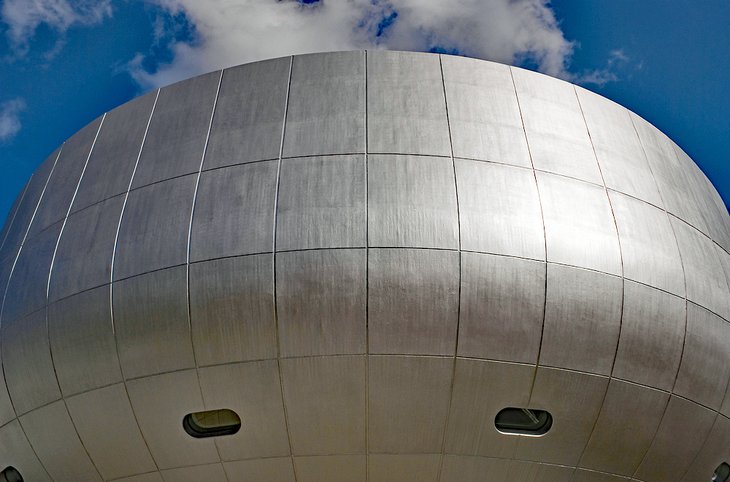
Next to BMW’s soaring headquarters and factories at the Olympic Park is a round contemporary building with a metal shell, housing BMW’s museum. Here, car fans will find examples of nearly all the models the company has made, including sports cars, racing models, and motorcycles. You can see current models and learn about the technology of modern automobile construction, as well as get glimpses of future propulsion technologies and designs the company is exploring. Those who think cars are just for getting from point A to point B might want to skip this one, but for fans of things automotive, it’s a must.
Address: Am Olympiapark 2, 80809 München
13 The Theatine Church of St. Cajetan
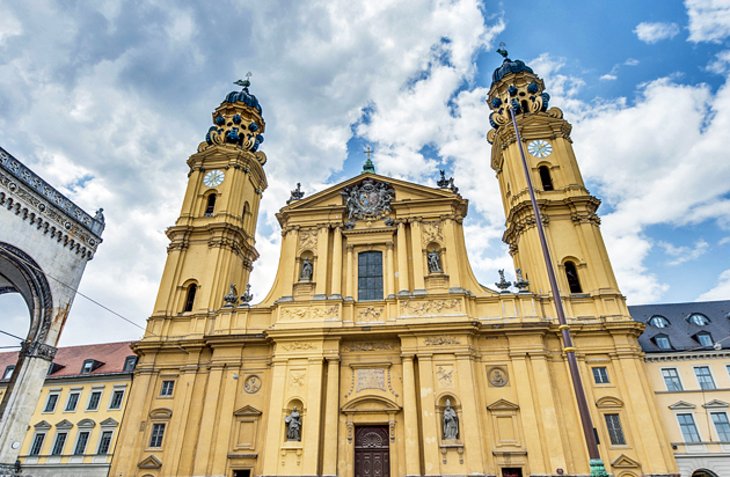
The Theatine Church of St. Cajetan (Theatinerkirche St. Kajetan), a basilica built in the style of the Italian High Baroque, was completed in 1690, with a stunning façade, twin towers, a massive 71-meter-high dome, and richly decorated interior. Exterior highlights include numerous marble statues of saints and the lantern with a lion weathervane atop the dome. The interior, dominated by the tall round-headed arches of the barrel vaulting and the dome over the crossing, is washed in white, with rich stucco ornamentation. Other interior highlights include the high altar, with its picture of The Virgin Enthroned with Angels from 1646 by Caspar de Crayer (a pupil of Rubens), and the Altar of the Virgin, with a painting of the Holy Kinship from 1676. In the Ducal Burial Vault, you’ll see the tombs of members of the House of Wittelsbach, long-time rulers of Bavaria.
Address: Salvatorplatz 2a, 80333 München
14 Tierpark Hellabrunn (Hellabrunn Zoo)
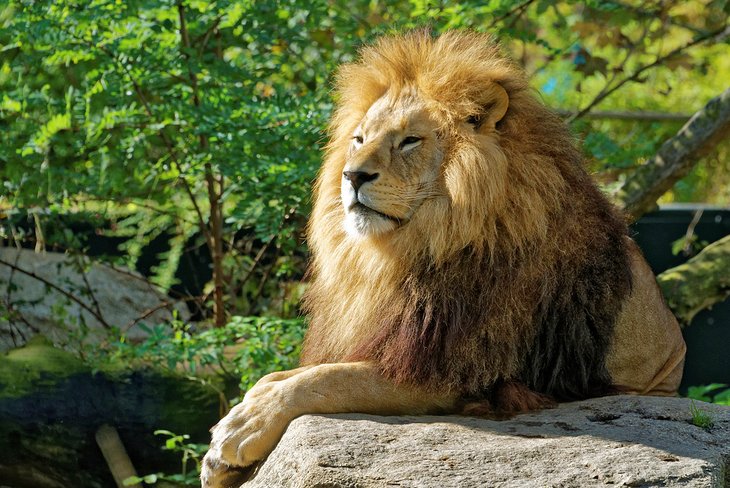
Spread across 89 acres, Hellabrunn Zoo is consistently ranked among the best zoos in Europe. Laid out in 1911, it was the first zoo in the world to have animals grouped according to where they came from. Today, more than 19,000 animals from 757 species are held in open enclosures meant to replicate the conditions of the wild, with animals that normally share habitats kept together wherever possible. Popular features include the Elephant House (now a listed building), the enormous 5,000-square-meter free-flight aviary, the Polarium, and ape houses. Located adjacent to the Isar River in a designated conservation area, the zoo has many delightful footpaths, playgrounds, and picnic spots.
Address: Tierparkstrasse 30, 81543 München
15 Michaelskirche (St. Michael’s Church)
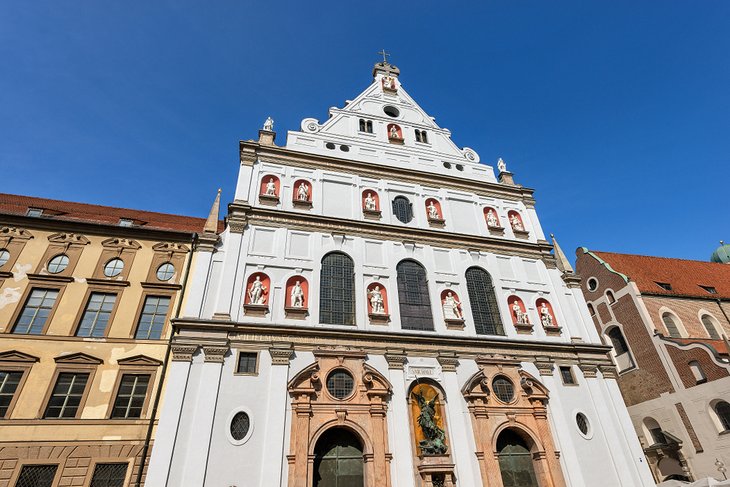
The largest Renaissance church north of the Alps, St. Michael’s was completed in 1597, with a high barrel-vaulted roof in the nave. The pattern of the triumphal arch at the entrance to the choir is continued in the arches of the transepts, side chapels, and galleries. The three-story-high altar has an altarpiece, St. Michael Fighting the Devil, from 1587. The four bronze reliefs dating from 1595 were intended for the tomb of Duke William V, while in the side chapels are some fine paintings and a precious reliquary of Saints Cosmas and Damian from around 1400. The church’s historical importance is in the Royal Crypt (Fürstengruft) underneath the choir, where 41 members of the House of Wittelsbach – among them Duke Wilhelm V, the church’s patron; Elector Maximilian I; and King Ludwig II – are buried.
Address: Neuhauser Straße 6, 80333 München
16 The Olympic Park
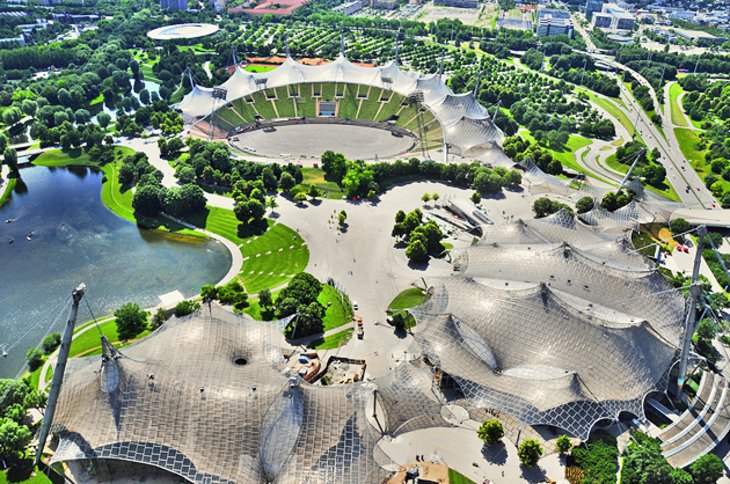
Home to the 1972 Summer Olympics, Munich’s spectacular Olympic Park covers an area of some 2.7 million square meters on the Oberwiesenfeld, a former training ground for the Royal Bavarian army. Now a major recreational center, this huge facility hosts a variety of major concerts and events, including the summer Tollwood Festival (the winter Tollwood is held at Theresienhöhe, home of the Oktoberfest). A number of family activities have been added since the Olympics, including a stadium roof climb, ziplining, and behind-the-scenes tours showcasing the facility’s splendid architecture and design. The Olympic Tower, a 290-meter-high television tower built in 1968 that was renamed in honor of the games, has viewing platforms in the Aussichtskorb offering breathtaking views over the city.
Address: Spiridon-Louis-Ring 21, 80809 Munich
Where to Stay in Munich for Sightseeing
All that remains of the medieval walls that once enclosed Munich’s Altstadt (old town) are the impressive gates at Karlstor, Sendlinger Tor, and Isartor, but the broad, curving streets that replaced them still define the historic center. It’s here that you’ll find most tourist attractions, with Marienplatz at its center. Major museums lie just outside the compact center. These highly-rated hotels in Munich are all an easy walk from Marienplatz:
-
- Luxury Hotels: Locations simply don’t get any better than Platzl Hotel, next to the Residenz palace and museums and a few steps from Marienplatz and shopping streets. Breakfast is included, and the beautifully furnished rooms have thoughtful amenities. In the heart of the old city overlooking Viktualienmarkt, near the daily food and flower market, Louis Hotel offers spacious, stylish rooms and a sauna/fitness area. A pool and sauna are added benefits at Hotel Vier Jahreszeiten Kempinski Munchen, set amid high-end shops on the uber-fashionable Maximilianstrasse, a five-minute walk from Marienplatz.
-
- Mid-Range Hotels: Marc Munchen has spacious, well-designed rooms less than five minutes from the main rail station and less than 10 minutes from Marienplatz. Near the Isartor and 10 minutes from Marienplatz, Hotel Torbraeu has nicely furnished rooms in a historic building. Two blocks from the Residenz palace and museums and close to Marienplatz, Maximilian Munich is on a quiet street, with some rooms overlooking a garden courtyard.
-
- Budget Hotels: The hospitable Schiller 5 Hotel & Boardinghouse offers well-furnished rooms and free breakfast in a multi-ethnic neighborhood beside the main train station, just off Karlsplatz and the entrance to the old town. Breakfast is also included at Jedermann Hotel, a 15-minute walk from the old town but on a tram line to its center. Near Sendlinger Tor and the Rococo-style Asamkirche and a ten-minute walk from Marienplatz, Acanthushotel has small, comfortable rooms.
Recommended Day Trip Tours from Munich
-
- Salzburg: Just two hours by train from Munich is the beautiful city of Salzburg; birthplace of Mozart and the setting of the film The Sound of Music. If you have time to add this city to your itinerary, the Salzburg Small Group Day Tour from Munich is a hassle free, comfortable, and fun way to see Salzburg in a day. This tour includes a scenic rail journey, a walking tour of Salzburg, and free time to wander the historic streets on your own.
-
- Castle Tours: To see some of Germany’s beautiful castles, there are a couple of options: The Royal Castles of Neuschwanstein and Linderhof Day Tour from Munich takes you on a full-day tour to the Bavarian Mountains to see the Neuschwanstein Castle, used as a model for Disney’s Sleeping Beauty, and the Linderhof hunting lodge castle. The slightly shorter Neuschwanstein Castle Small Group Day Tour includes just one castle. Note that both of these tours exclude entrance fees to the castles.
- Dachau Concentration Camp Memorial Site: The Dachau Concentration Camp Memorial Small Group Tour from Munich is a five-hour trip with a professional guide to this memorial site, set on the grounds of the former concentration camp. The tour includes round-trip transportation and a guide.
Article courtesy of….https://www.planetware.com/
The Best Luxury Hotels in Munich
![]()
![]()
![]()
1 BEYOND by Geisel
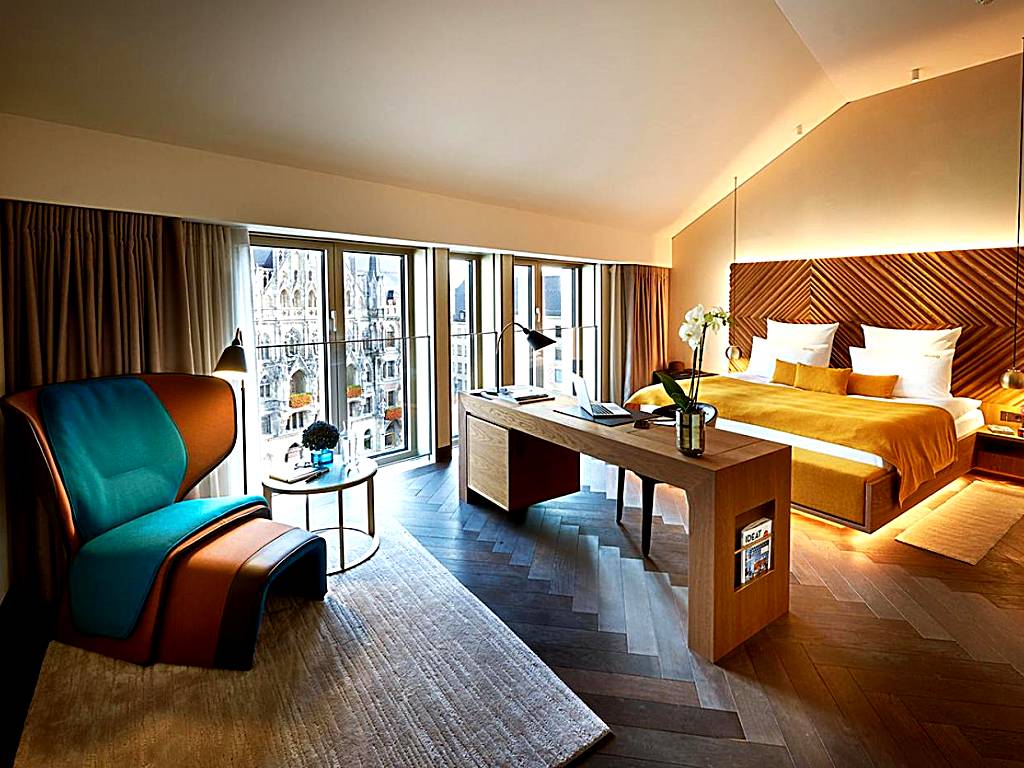 27+
27+images
2 Rocco Forte The Charles Hotel
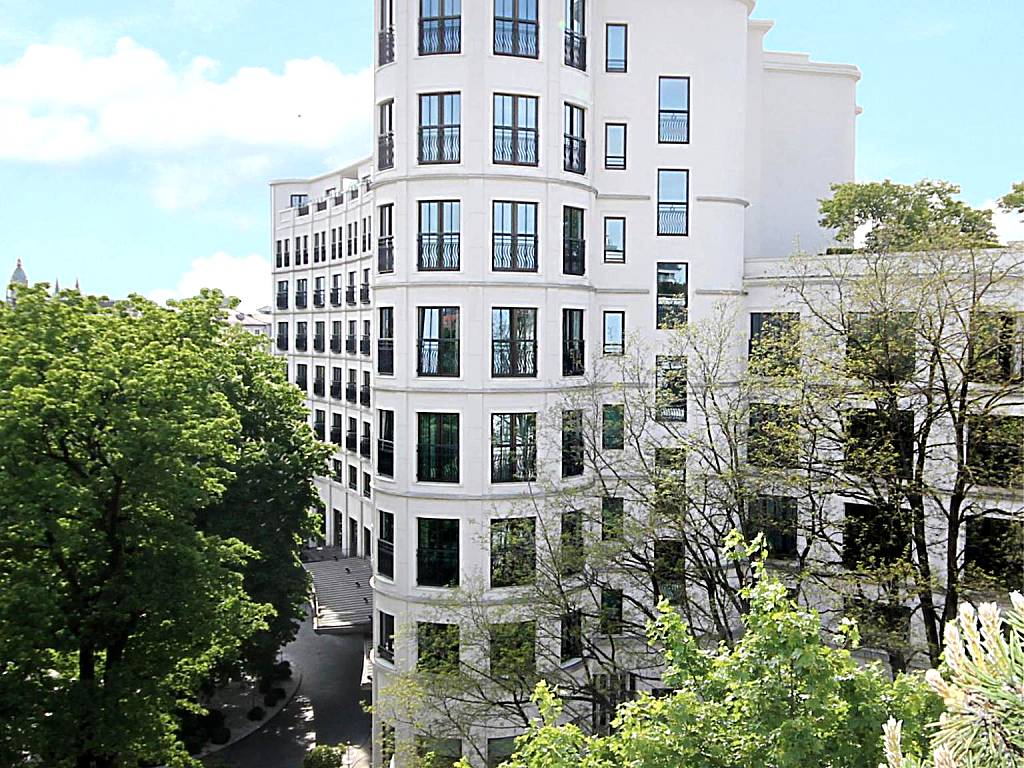
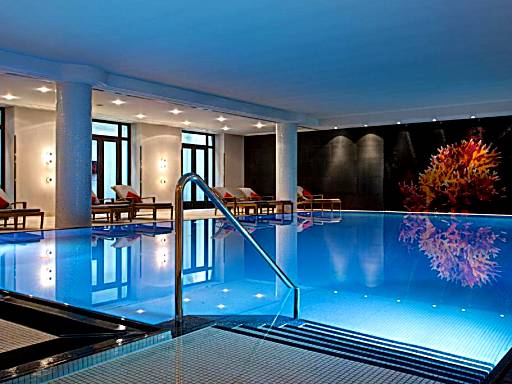 27+
27+images

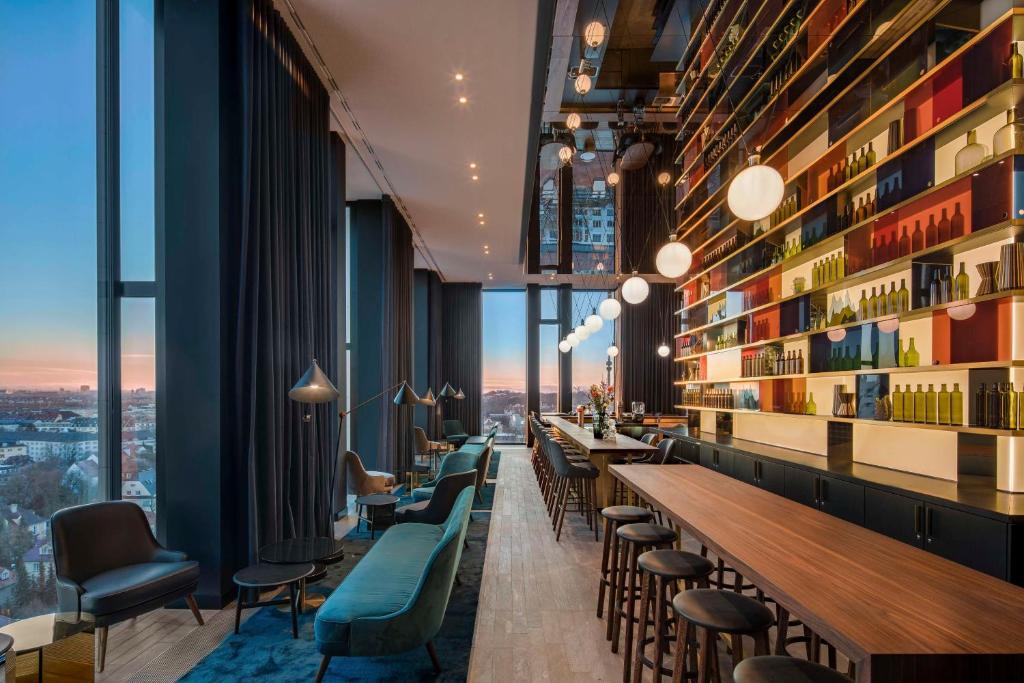
4 Hotel München Palace
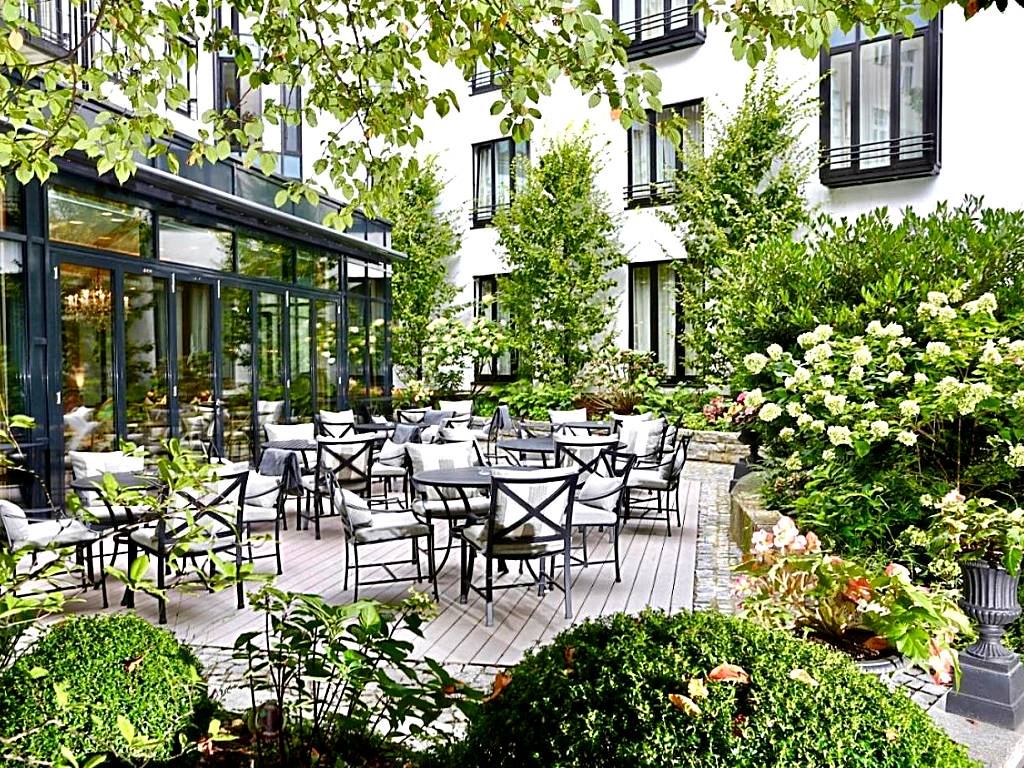
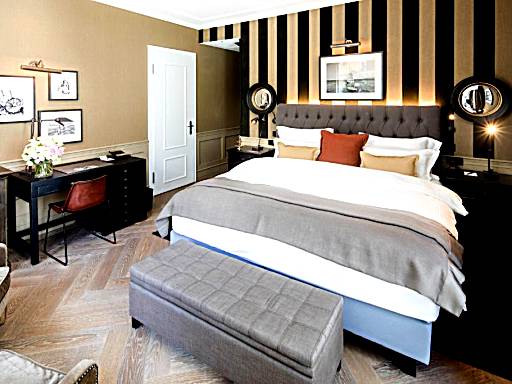
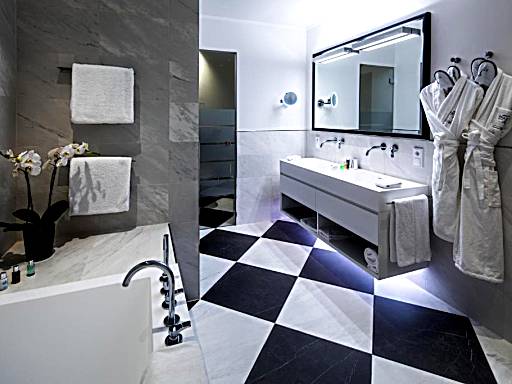 27+
27+images
5 Mandarin Oriental
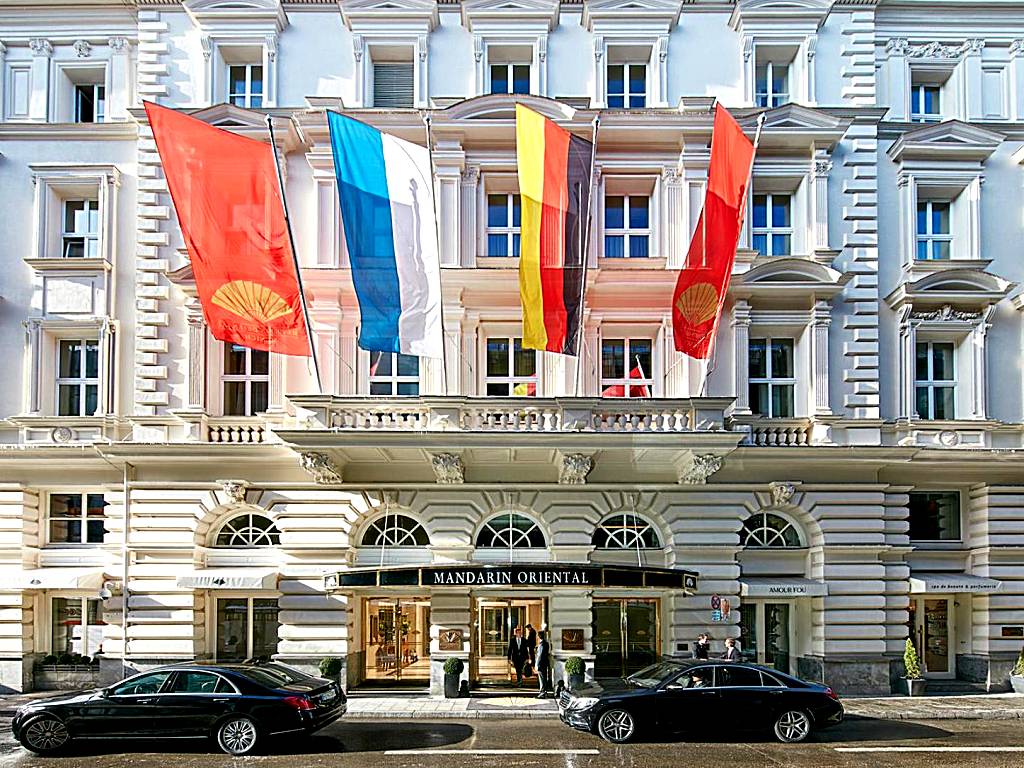 27+
27+images
Is it only luxury hotels you’re looking for? Check out our different accommodation lists for Munich:
Luxury hotelsNewly opened hotelsBoutique hotelsSmall Luxury hotelsFive star hotelsAmazing Luxury SuitesBest Hotel SuitesCentral Luxury hotelsPool hotelsSpa hotelsUnique hotels
6 Vier Jahreszeiten Kempinski München
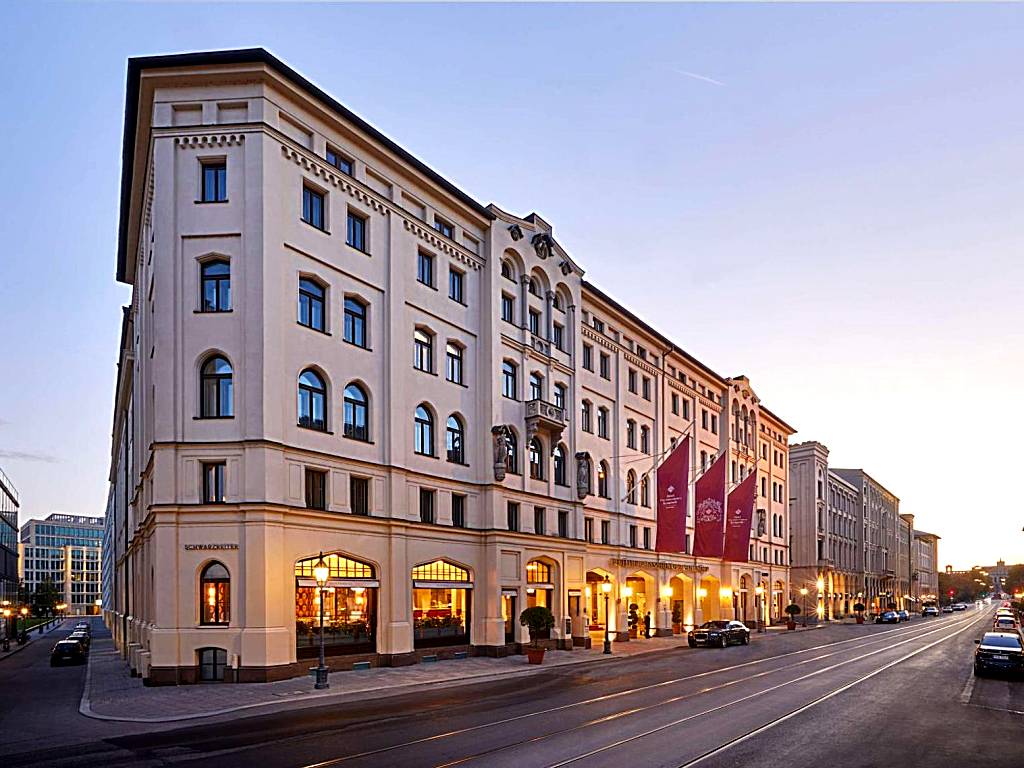
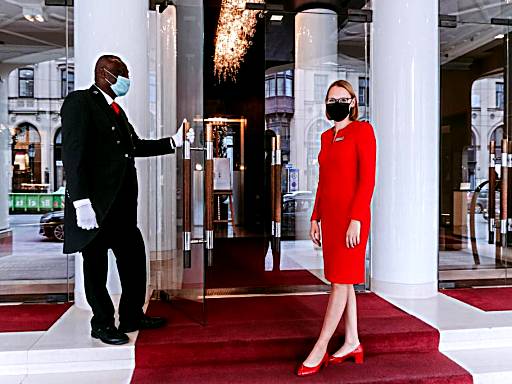
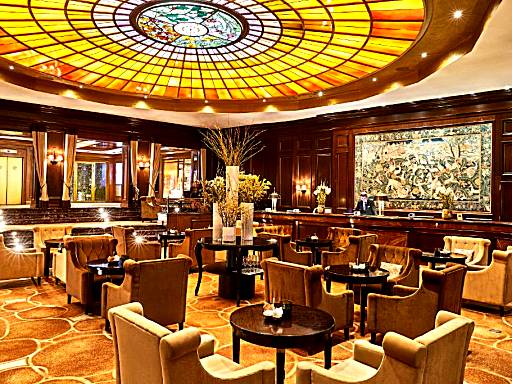 27+
27+images
A tip: Explore by neighbourhood. You can find luxury hotels within or near different neighbourhoods of Munich here:
Munich City CentreLudwigsvorstadtTrudering-RiemMaxvorstadtAltstadt-LehelSchwabing-FreimannThalkirchen – Obersendling – Forstenried – Fürstenried – SollnBogenhausenAu-HaidhausenNeuhausen – NymphenburgRamersdorf – Perlach
8 Bayerischer Hof
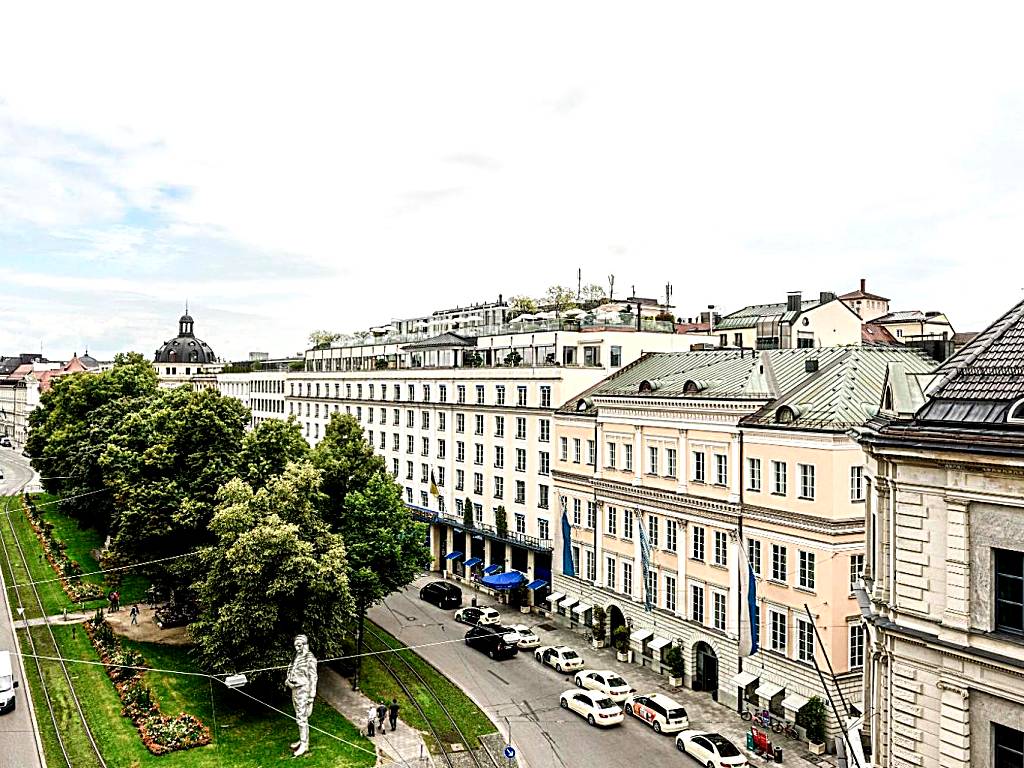

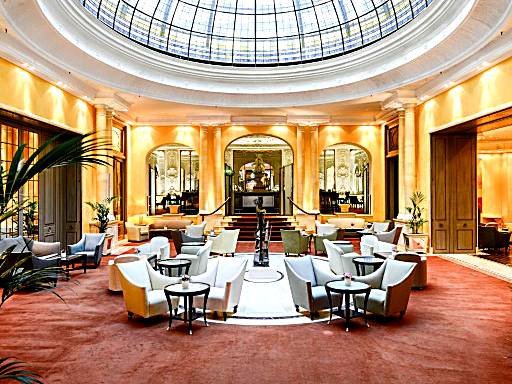 27+
27+images
9 Hyperion Hotel München
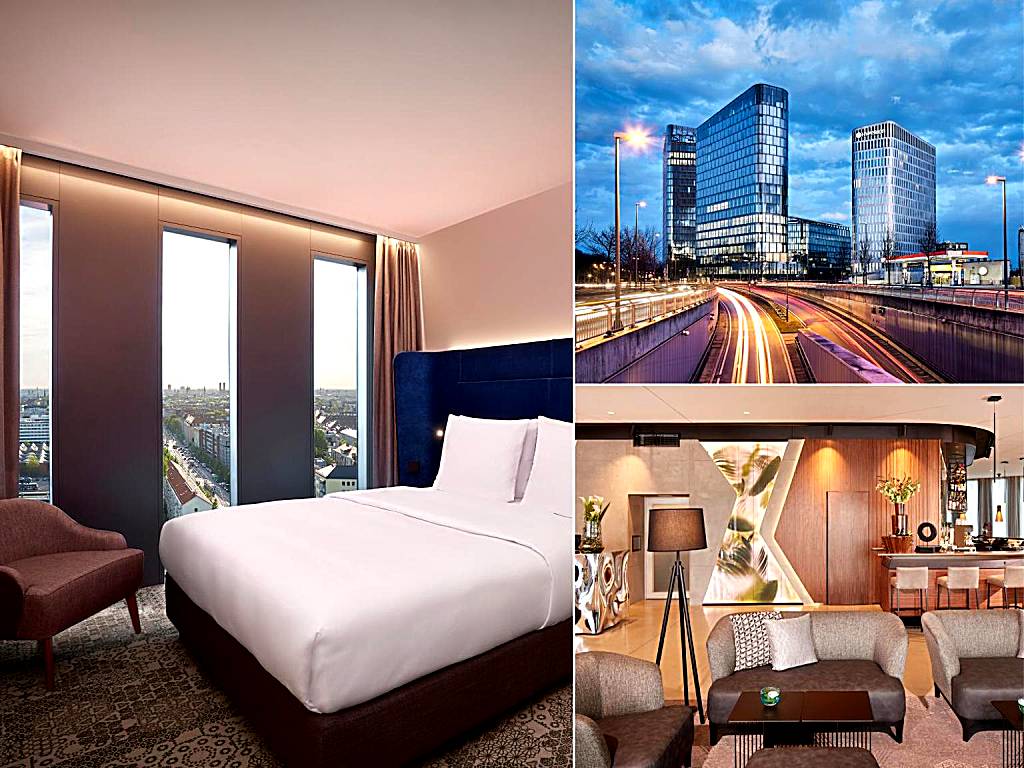
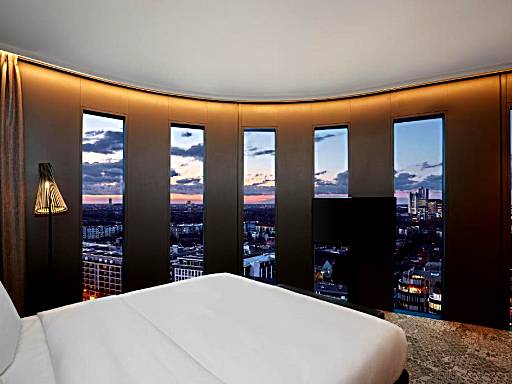
 27+
27+images
10 Roomers Munich
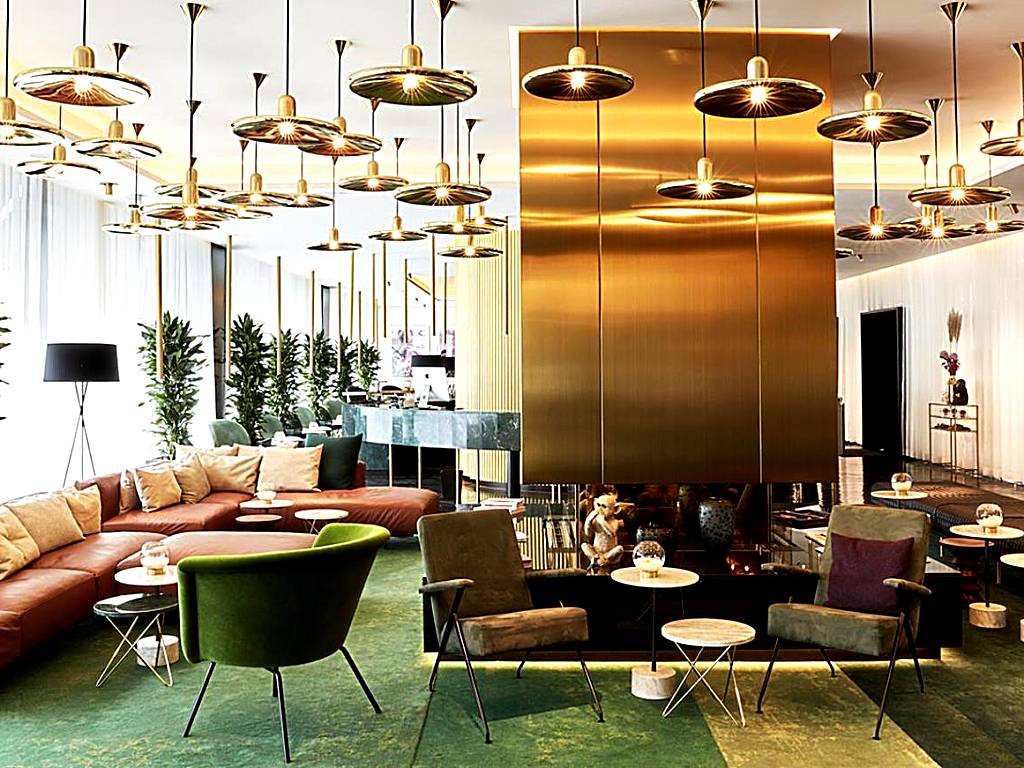
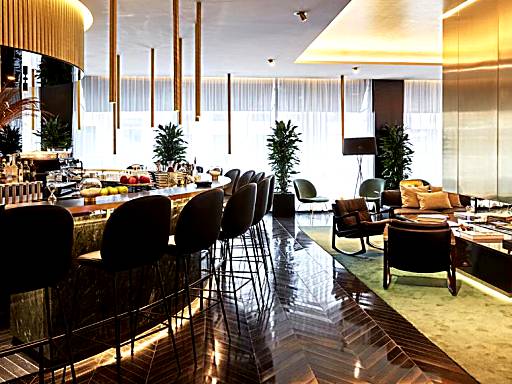
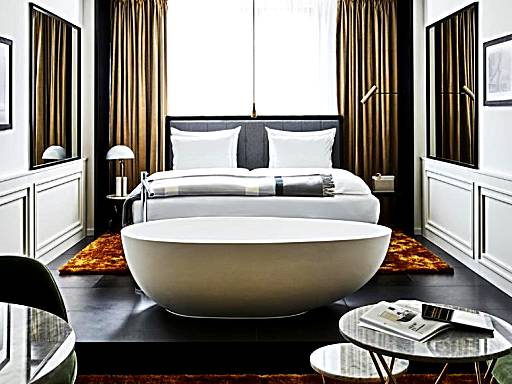 27+
27+images
11 Louis Hotel
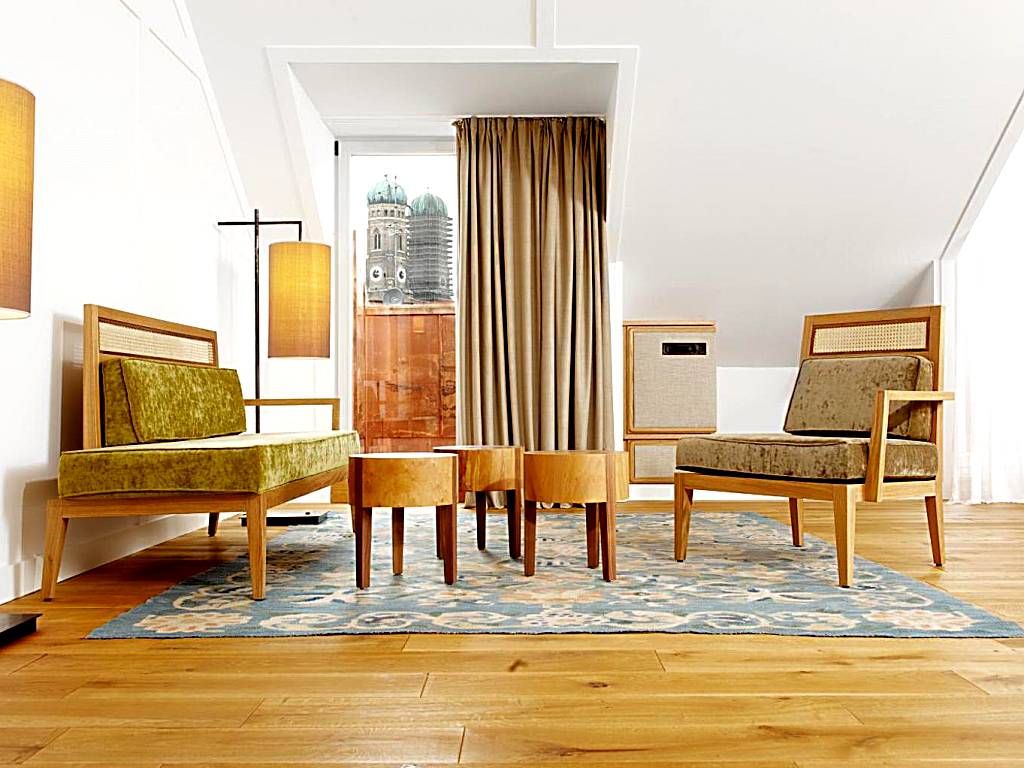

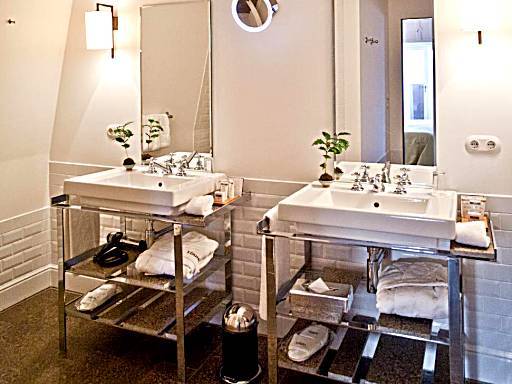 27+
27+images
12 Parkhotel Rothof
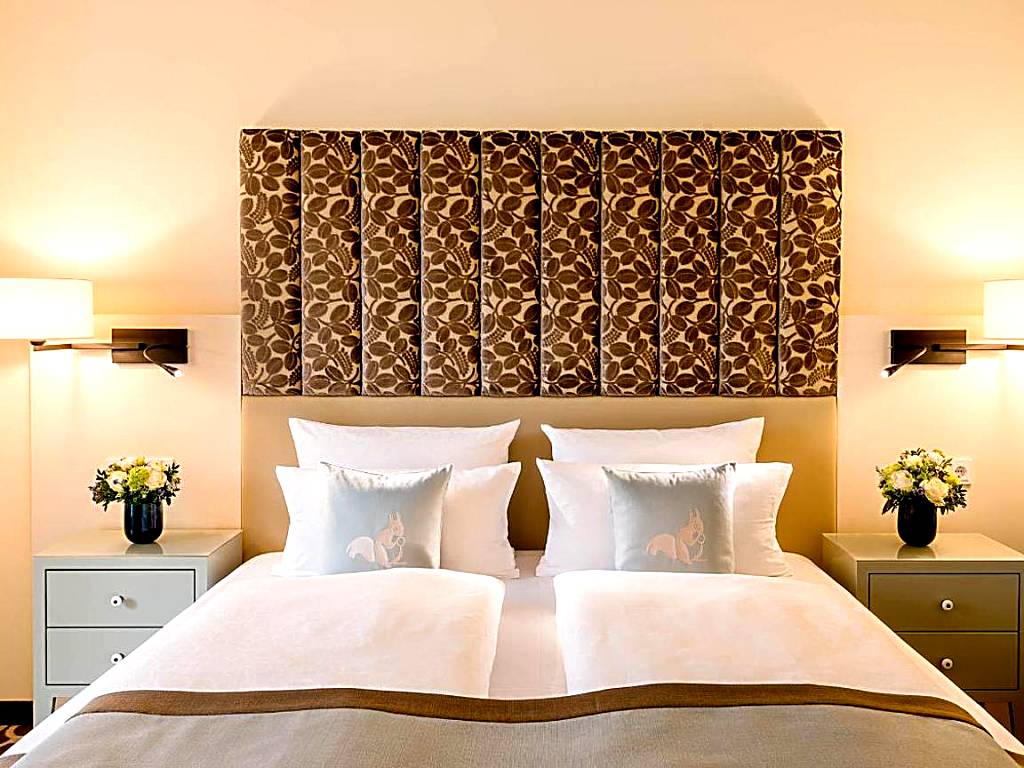
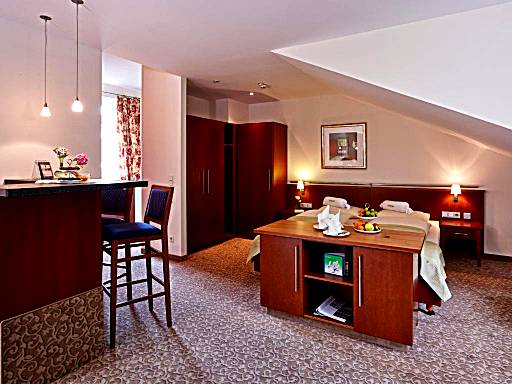
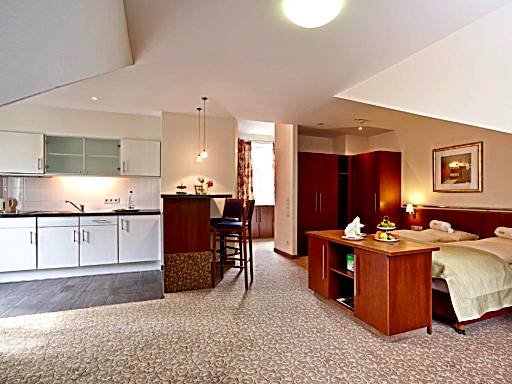 27+
27+images
13 Innspire Hotel
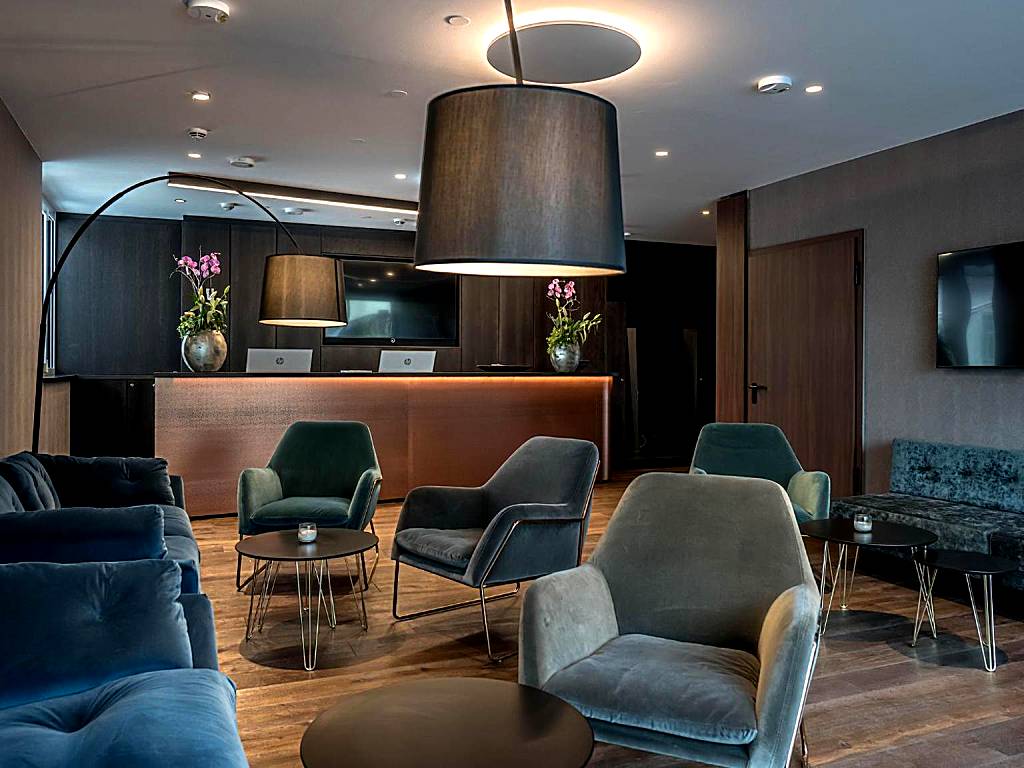
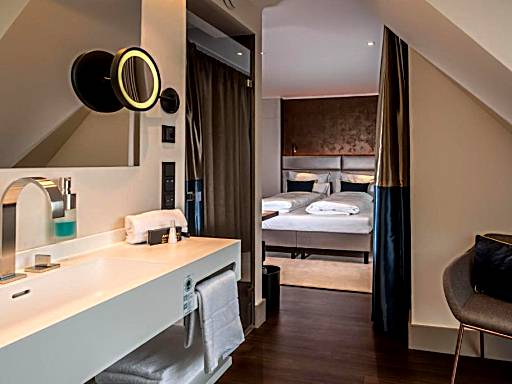
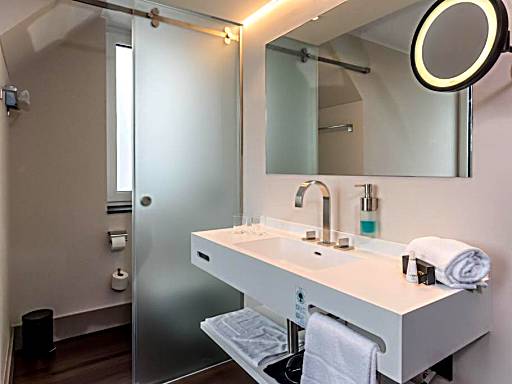 27+
27+images
14 Schwabinger Wahrheit by Geisel

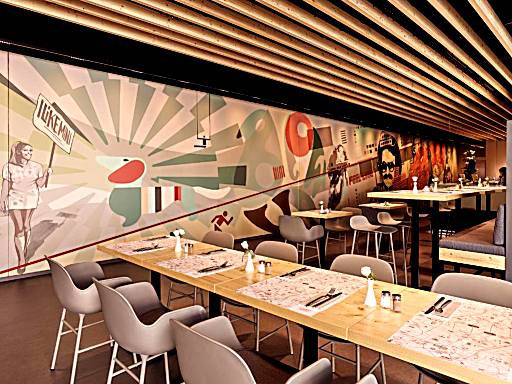
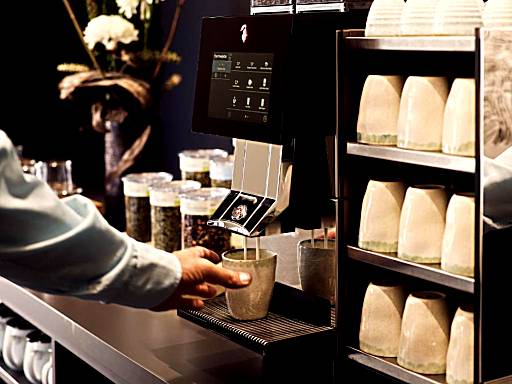 27+
27+images
15 Hotel Prinzregent München
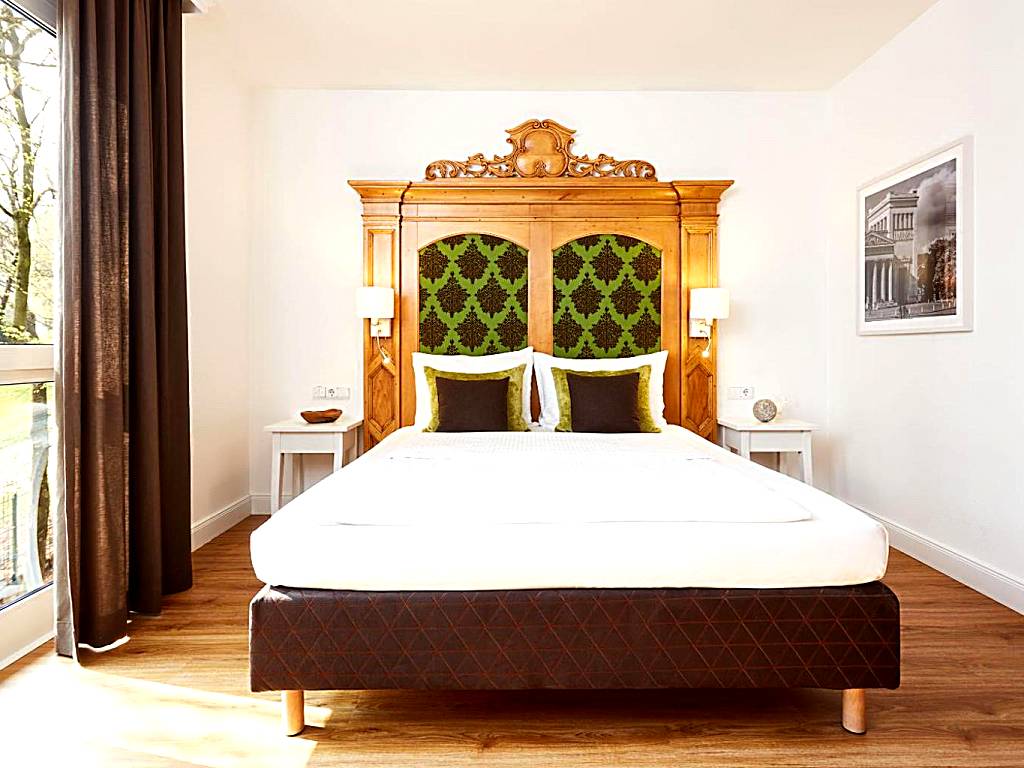
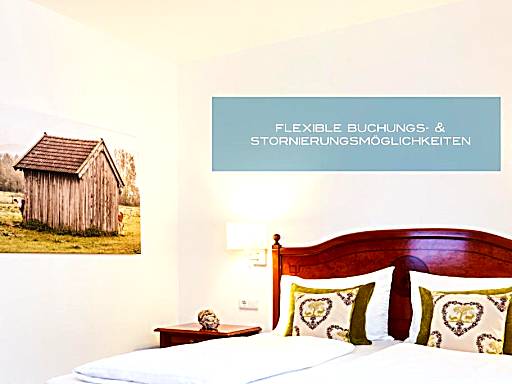
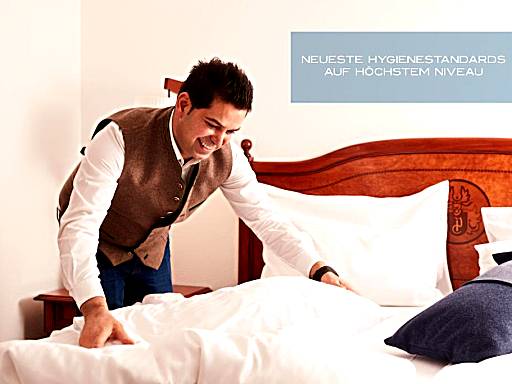 27+
27+images
16 Hotel Torbräu
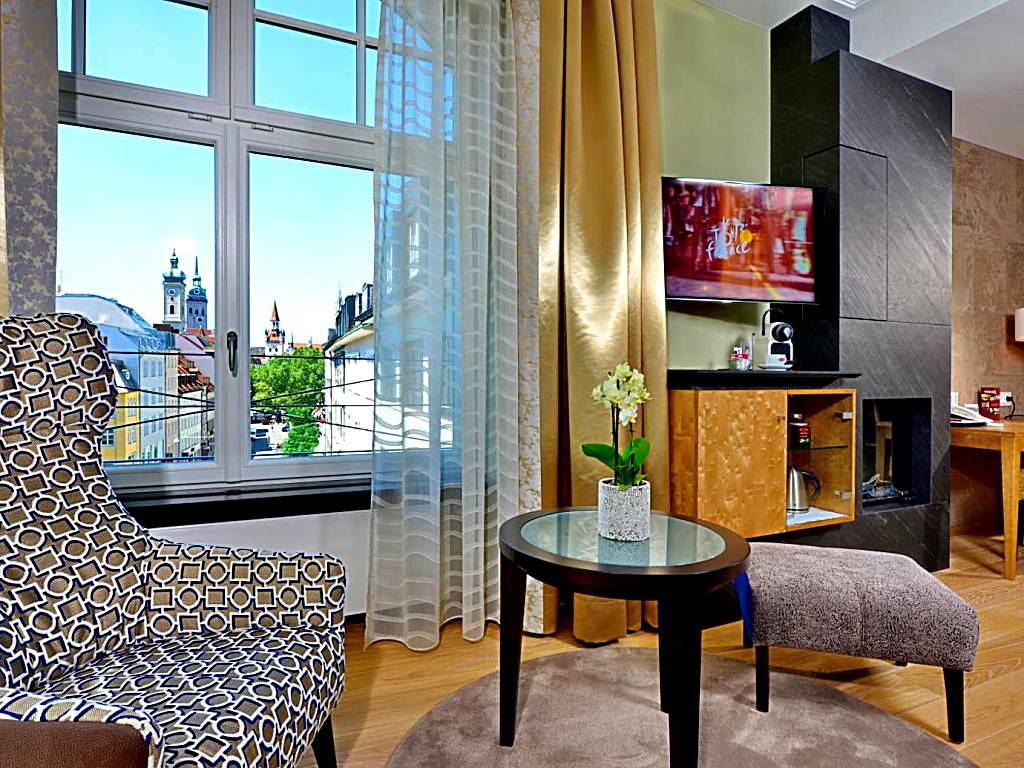
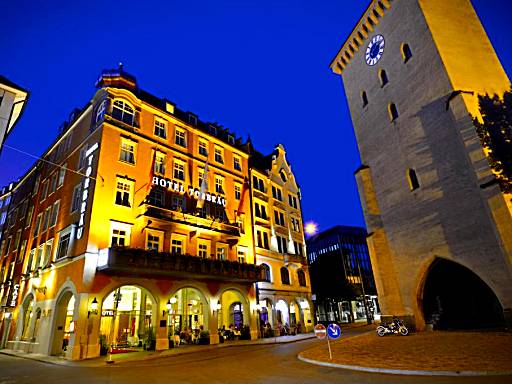
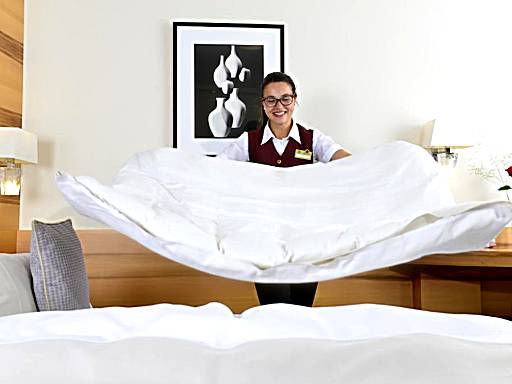 27+
27+images
17 Hotel Excelsior
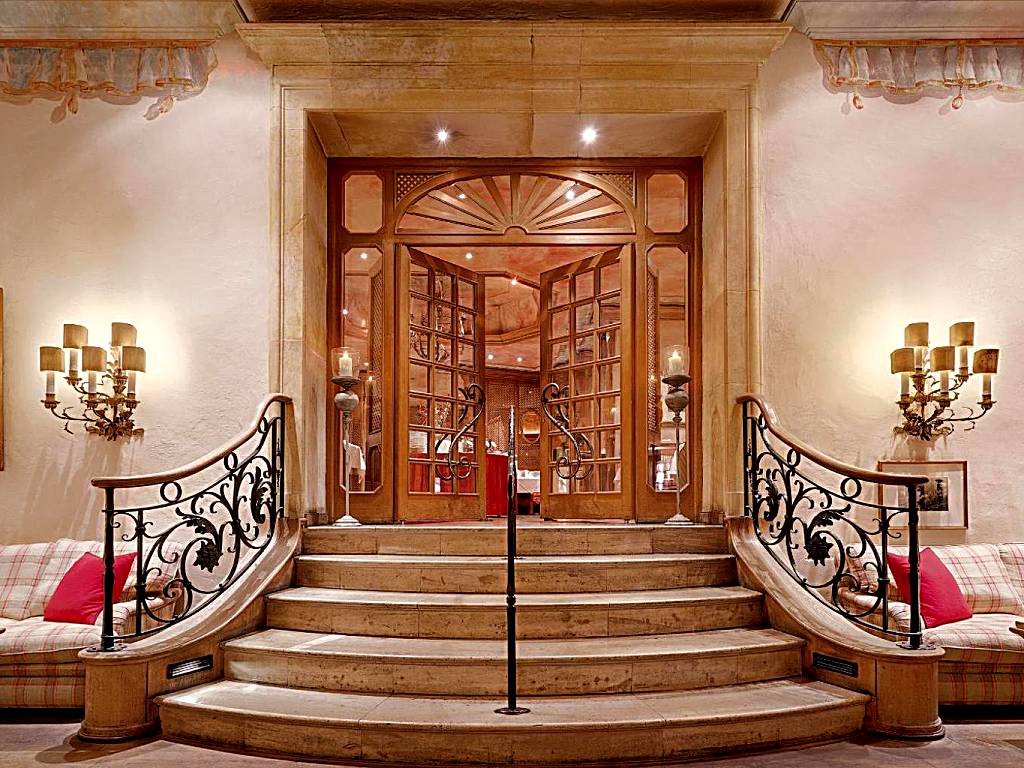 27+
27+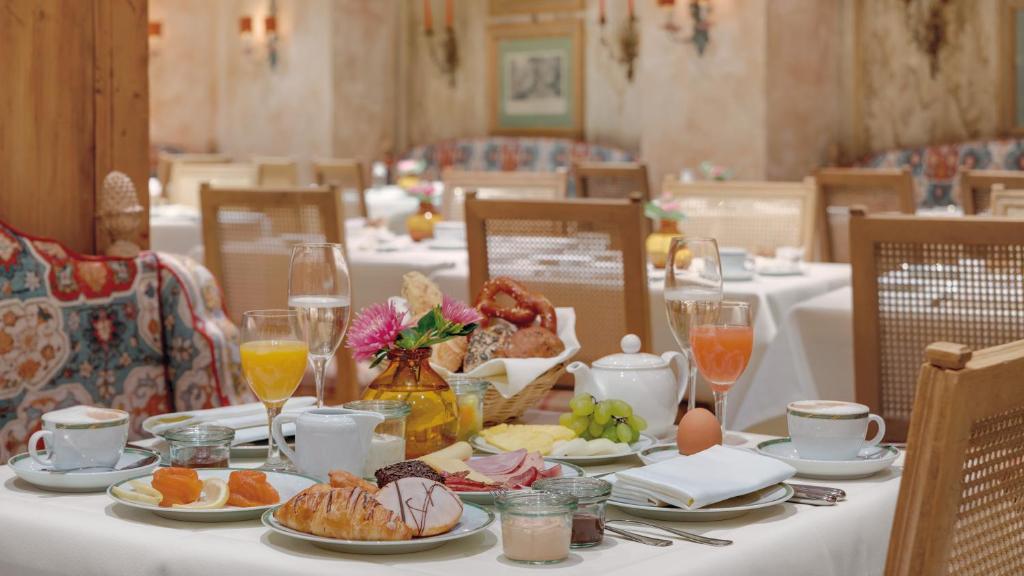
Is it only luxury hotels you’re looking for? Check out our different accommodation lists for Munich:
Luxury hotelsNewly opened hotelsBoutique hotelsSmall Luxury hotelsFive star hotelsAmazing Luxury SuitesBest Hotel SuitesCentral Luxury hotelsPool hotelsSpa hotelsUnique hotels
18 Platzl Hotel – Superior


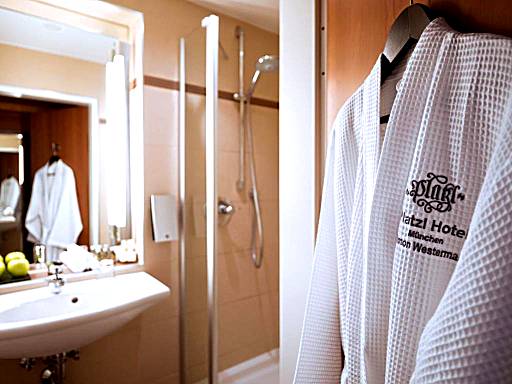 27+
27+images
19 King’s Hotel First Class
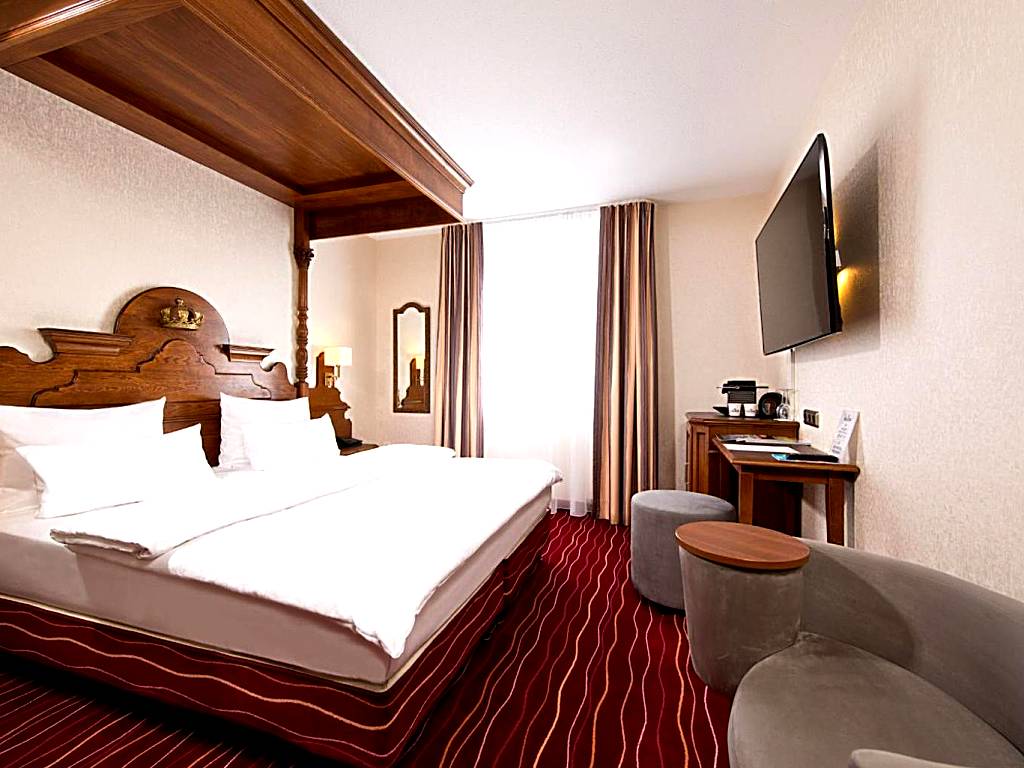
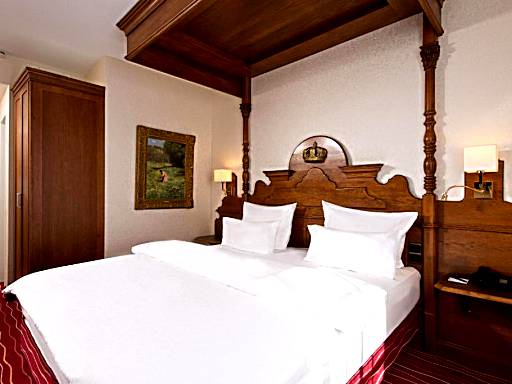
 27+
27+images
20 CORTIINA Hotel
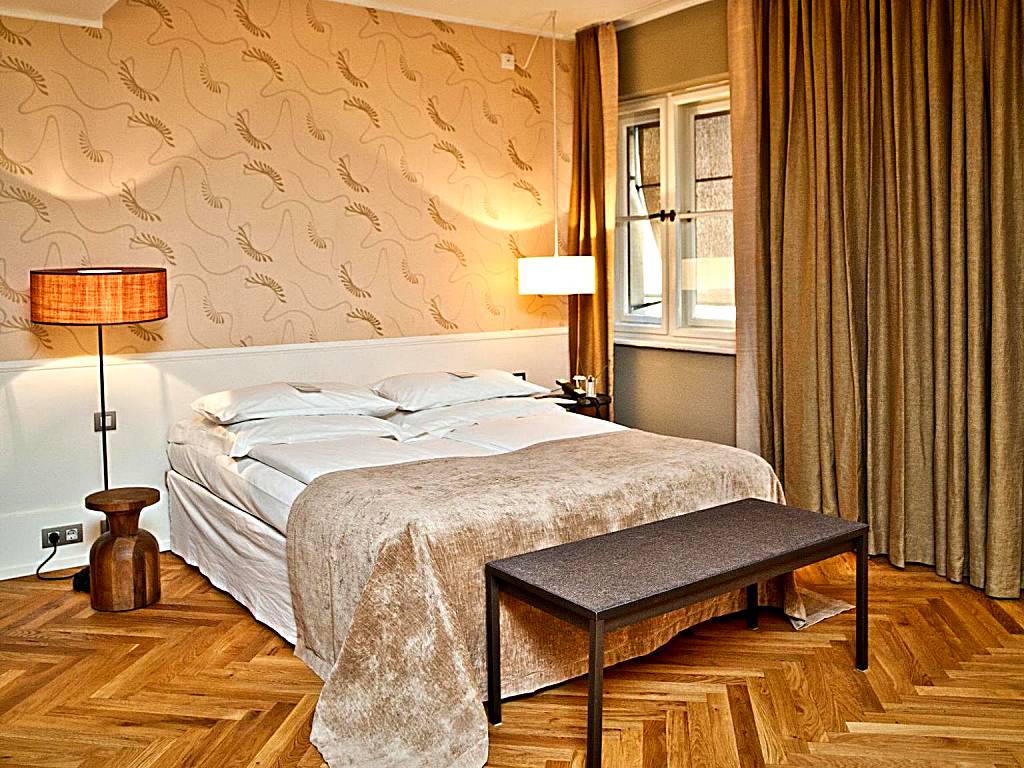
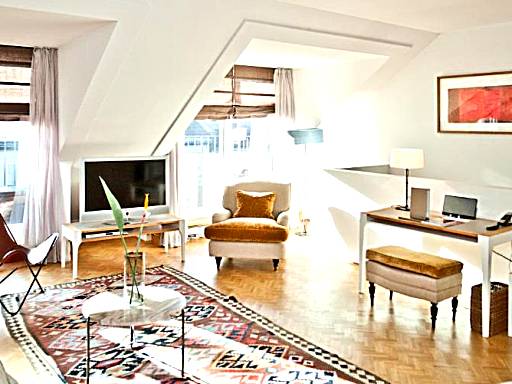
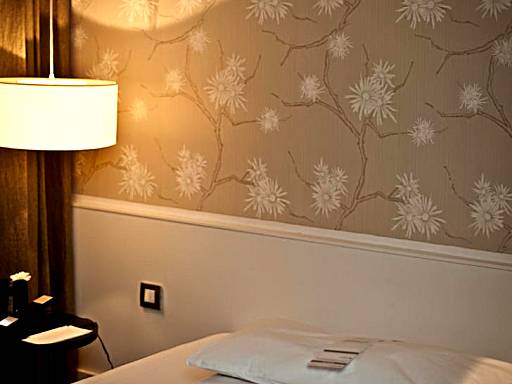 27+
27+images
21 Design Hotel Stadt Rosenheim
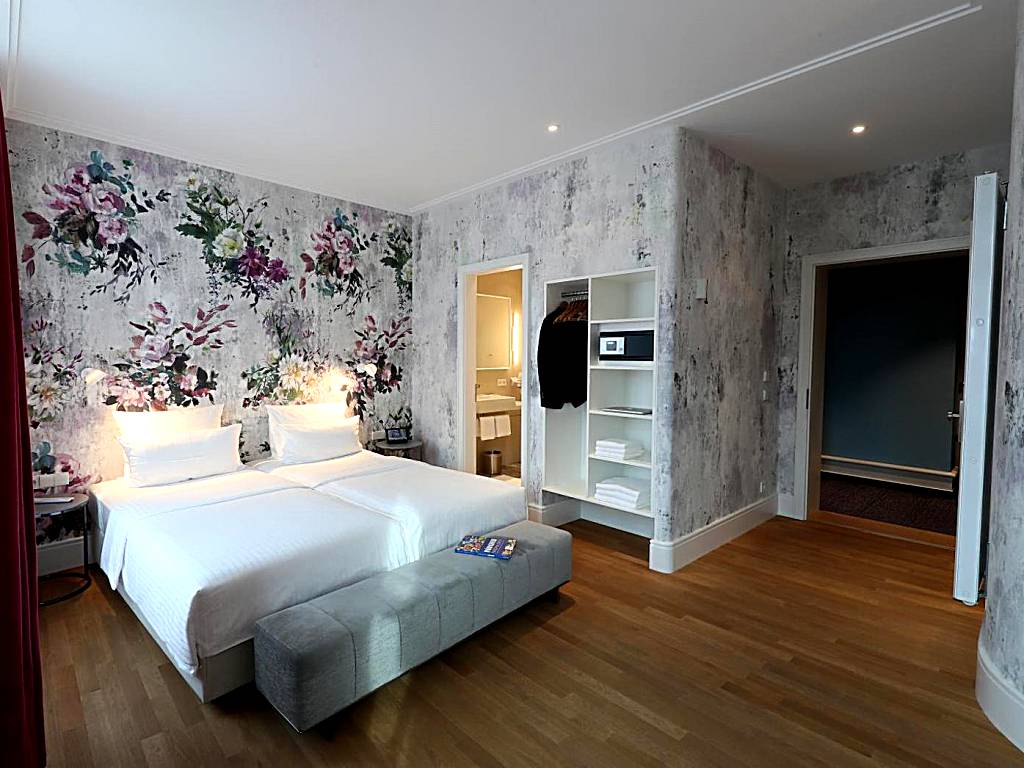
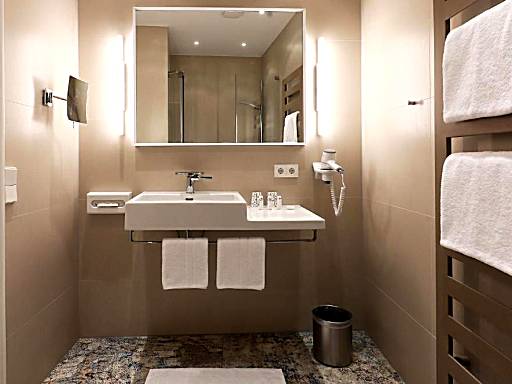
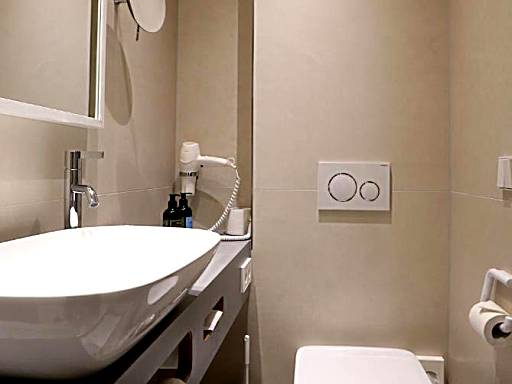 27+
27+images
22 Hotel Lechnerhof Unterföhring
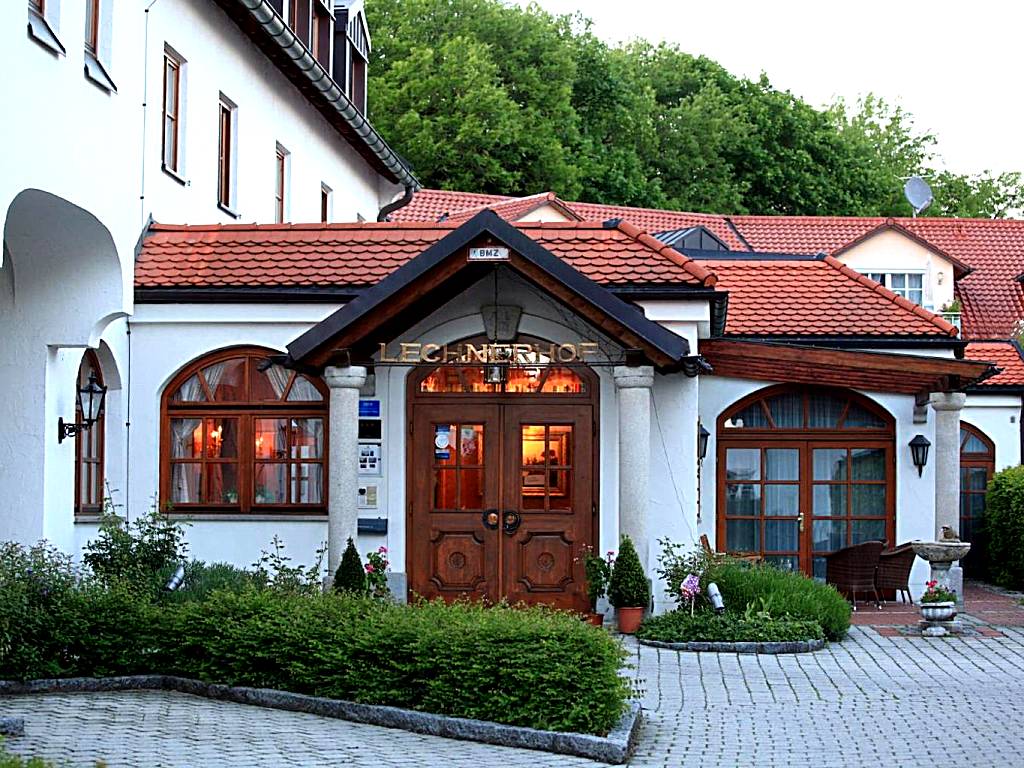
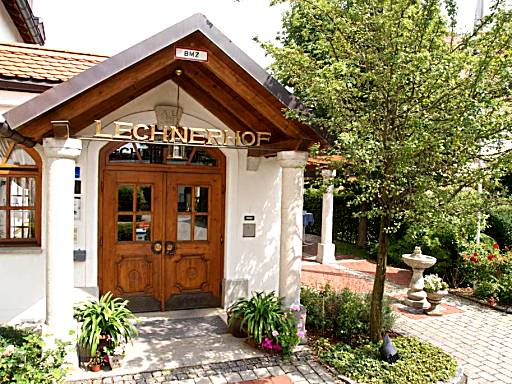
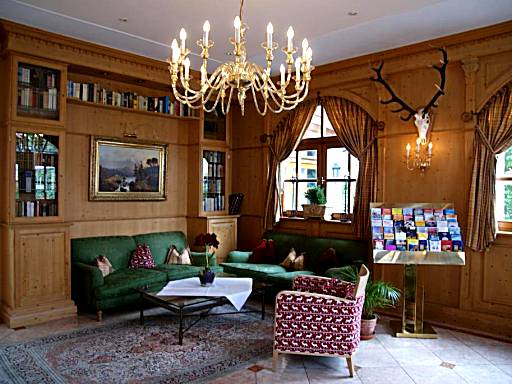 27+
27+images
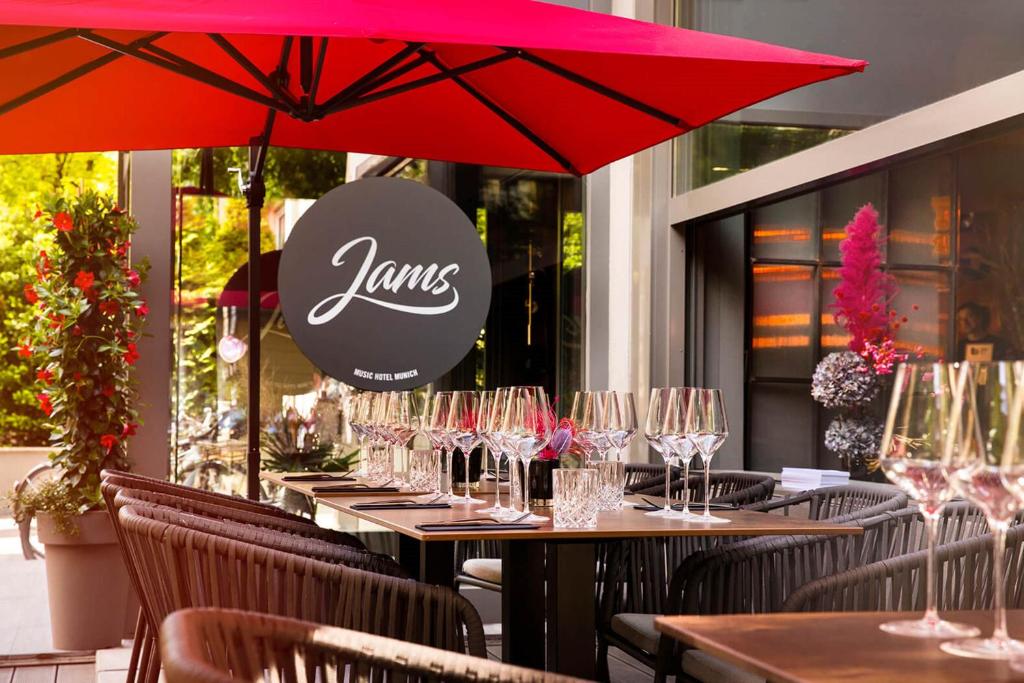
 27+
27+images
24 Novotel München City Arnulfpark
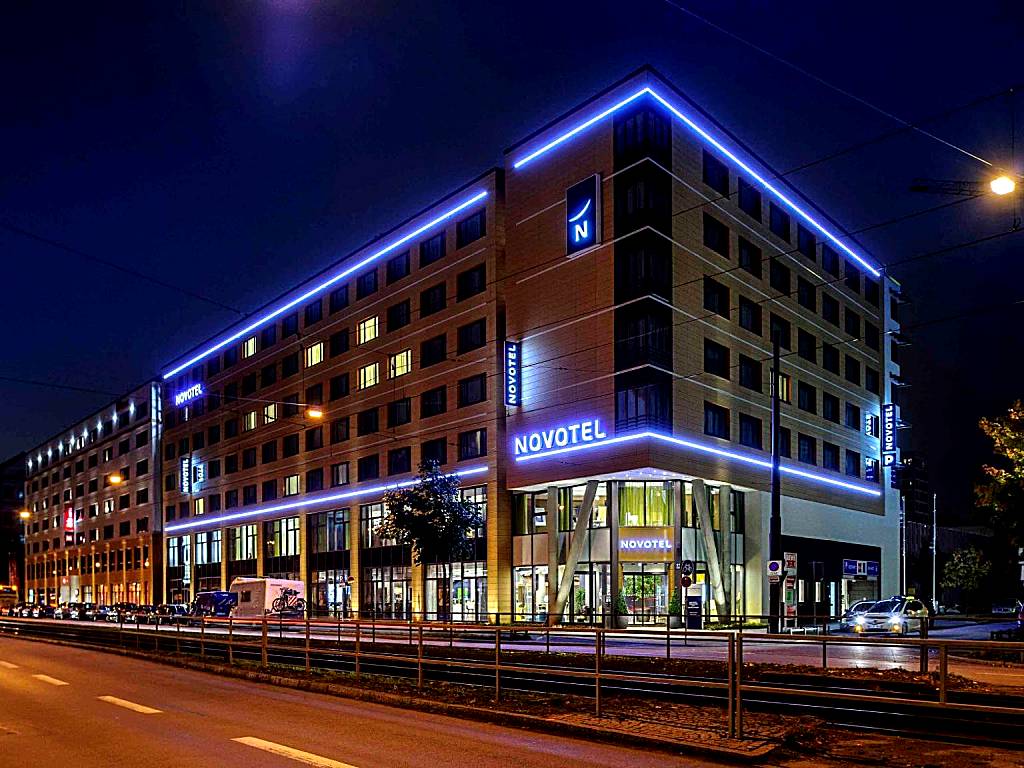
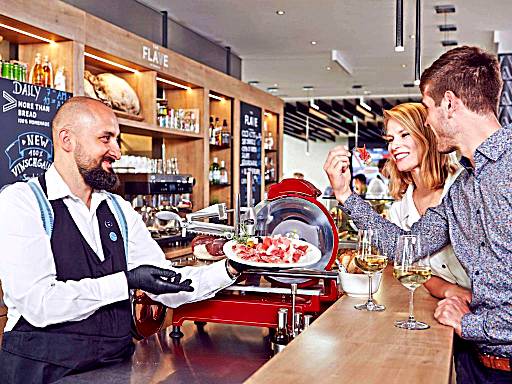
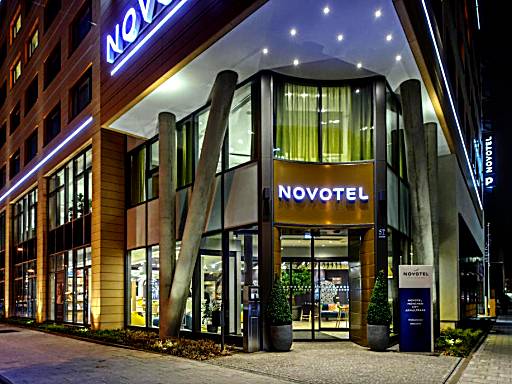 27+
27+images
25 Haus im Tal
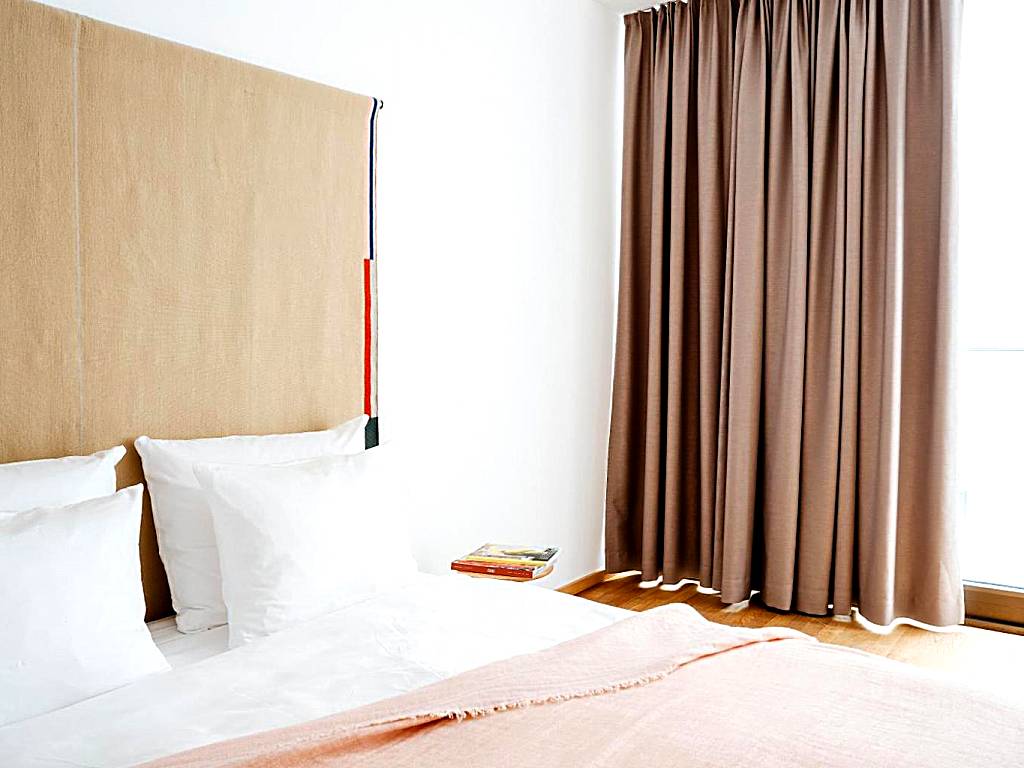

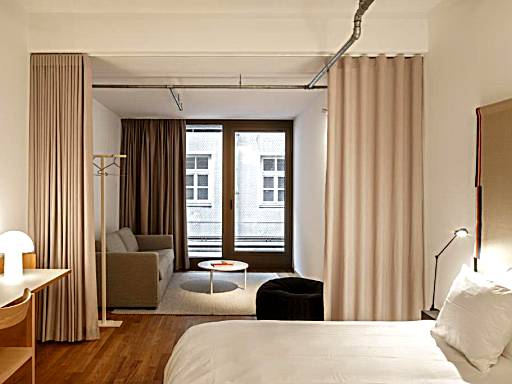 27+
27+images


I wanted to thank you for this great read!! I definitely enjoying every little bit of it I have you bookmarked to check out new stuff you post…